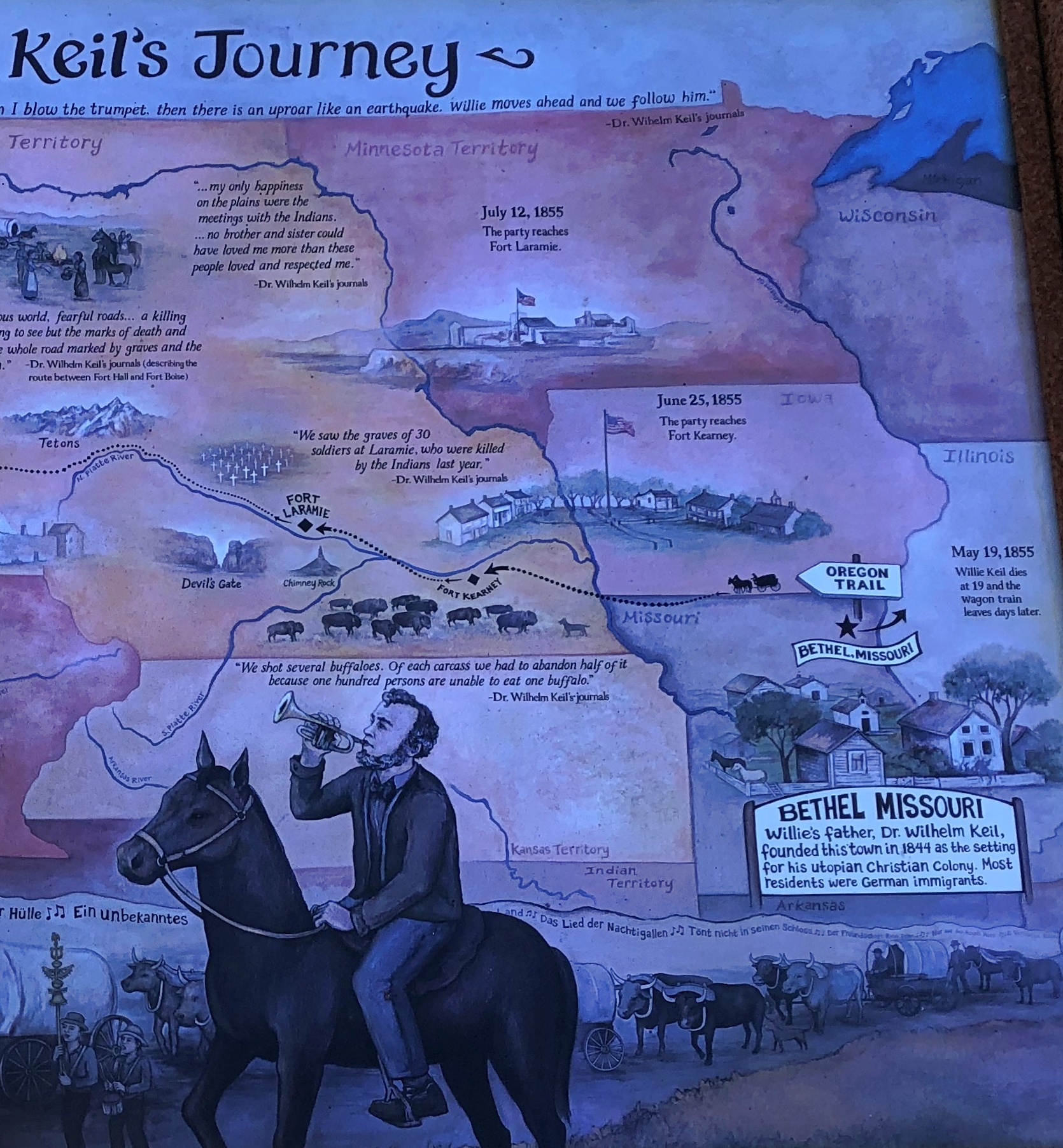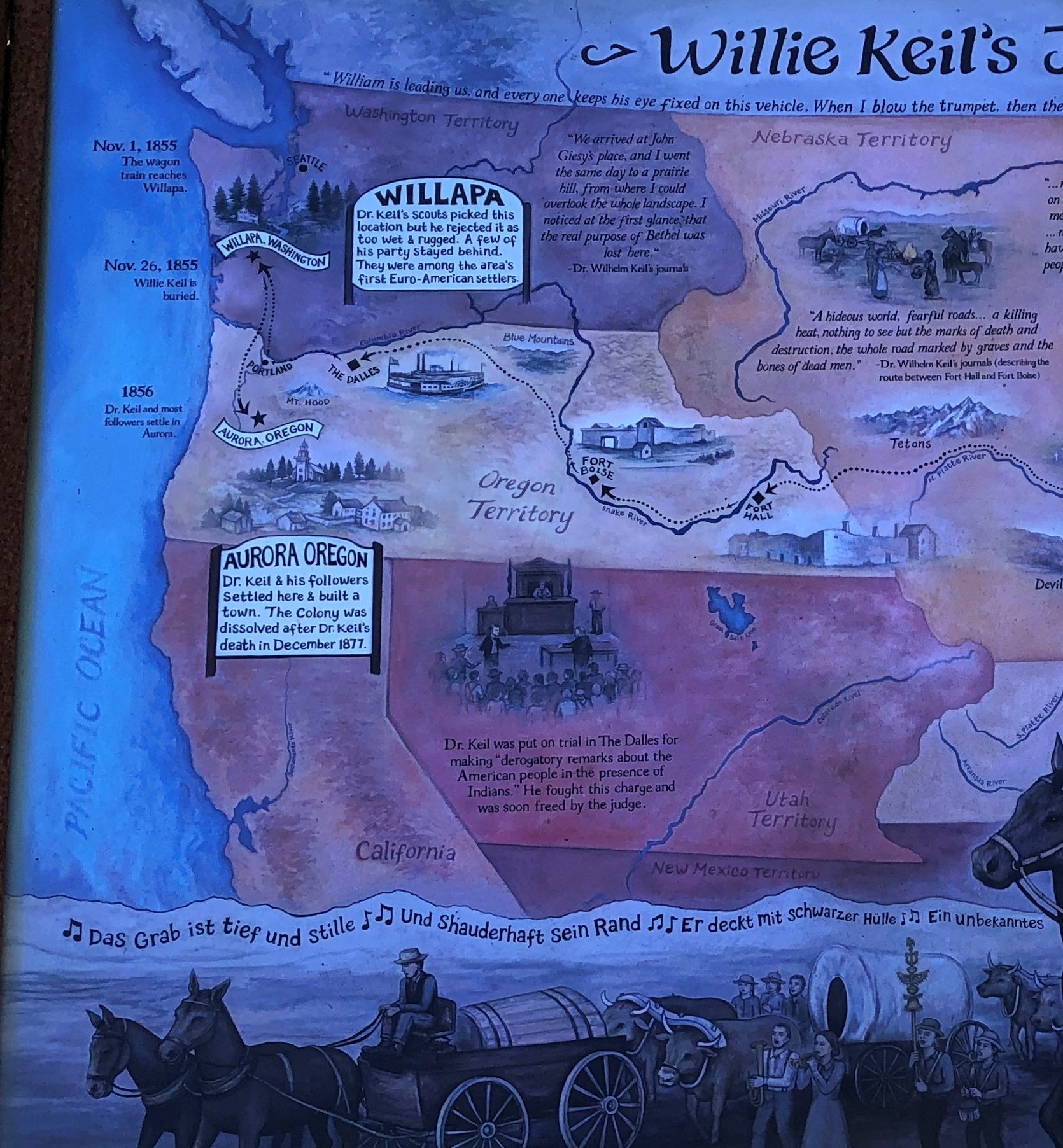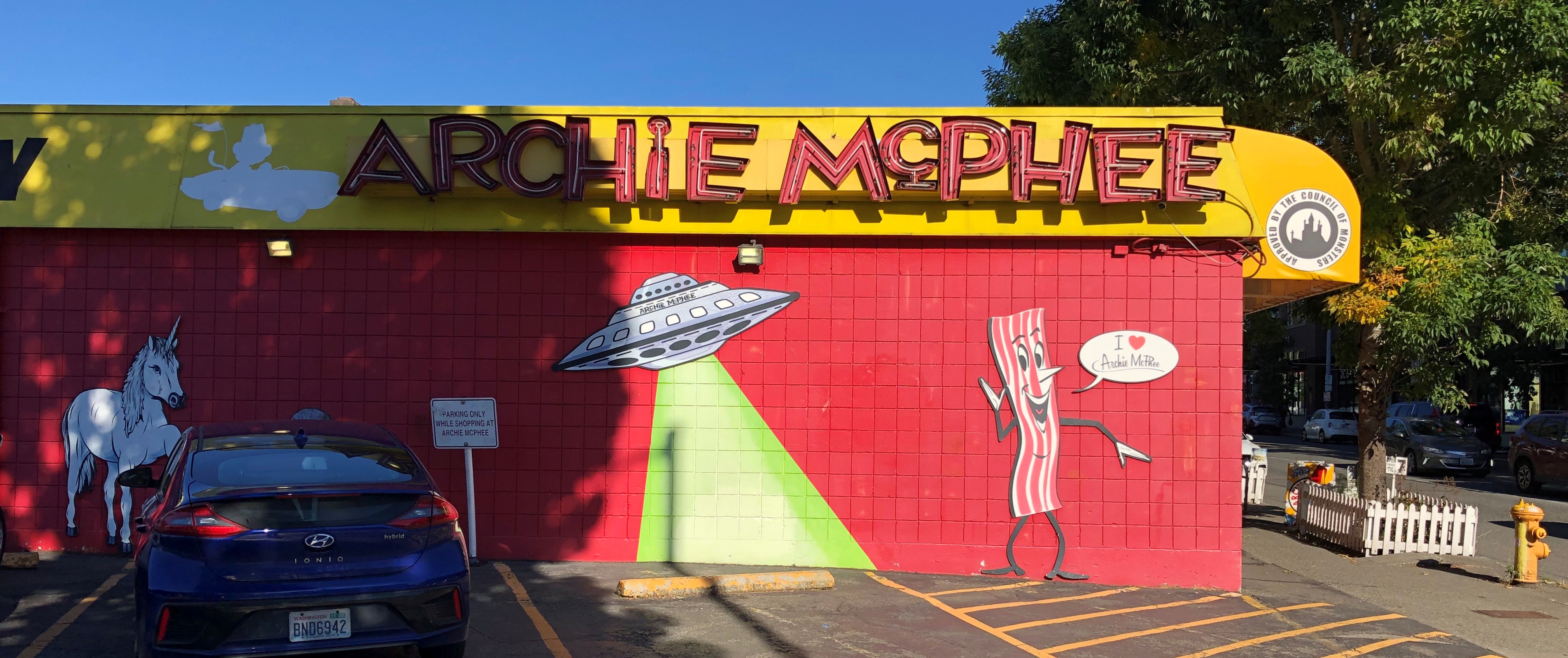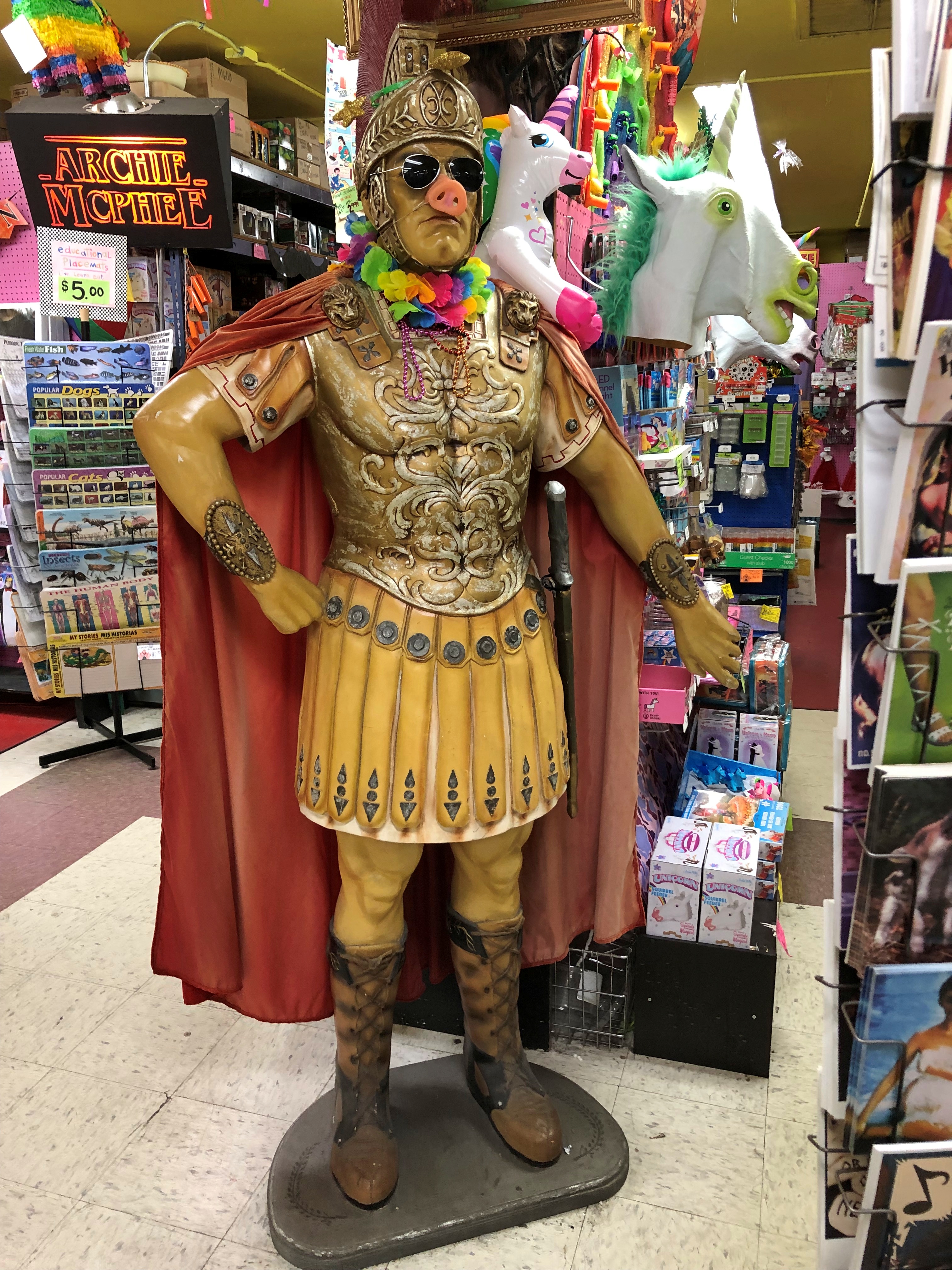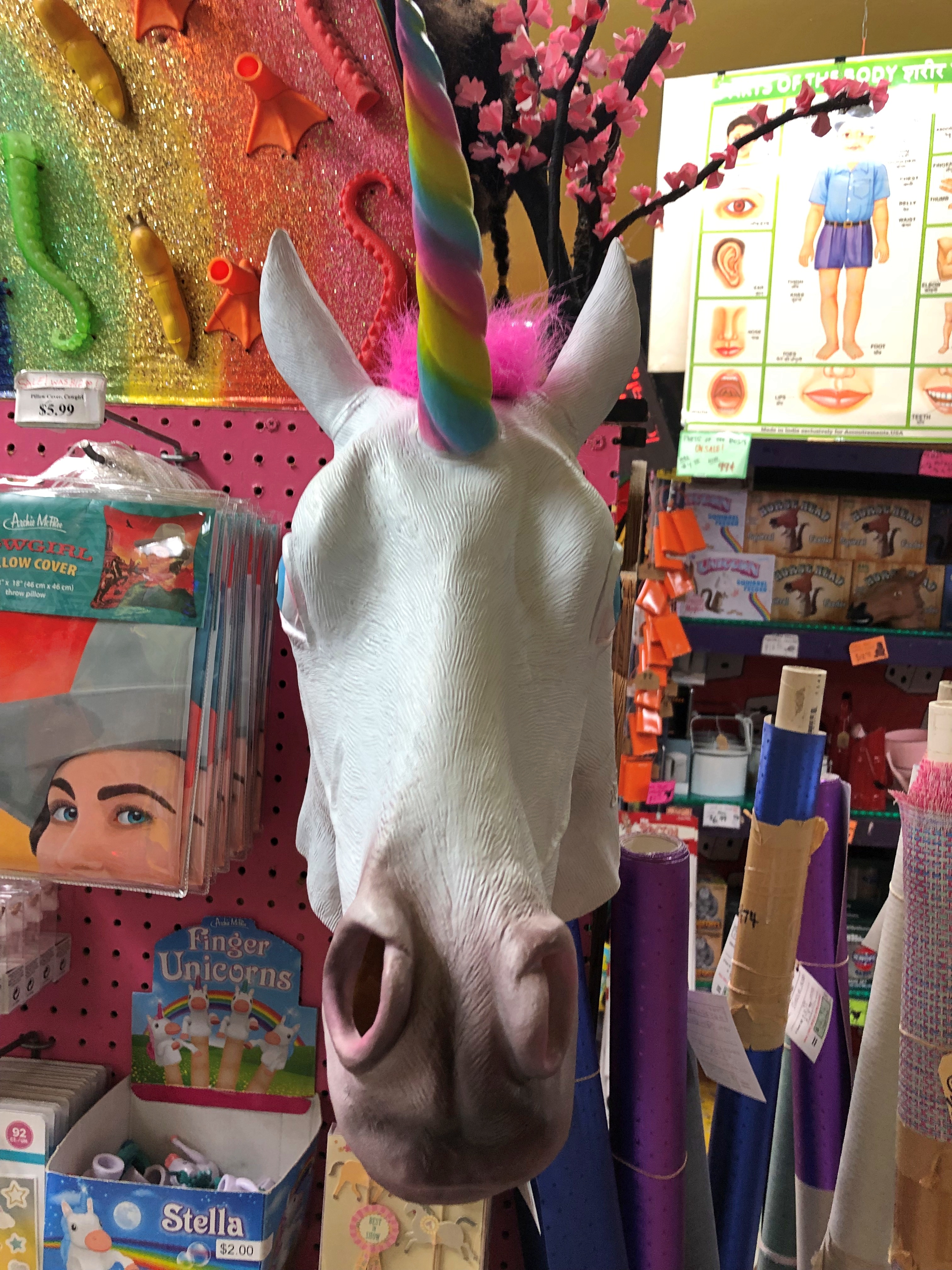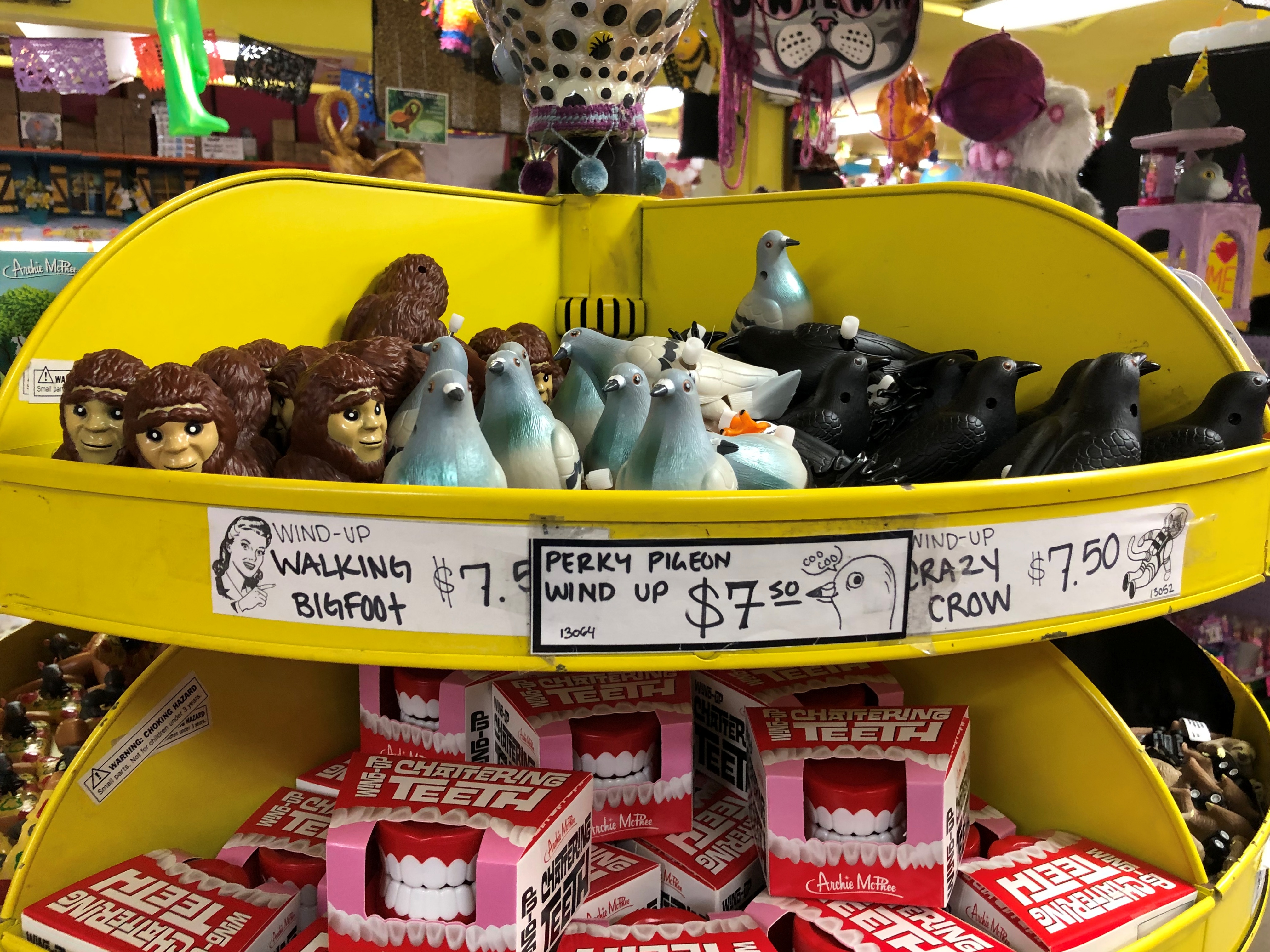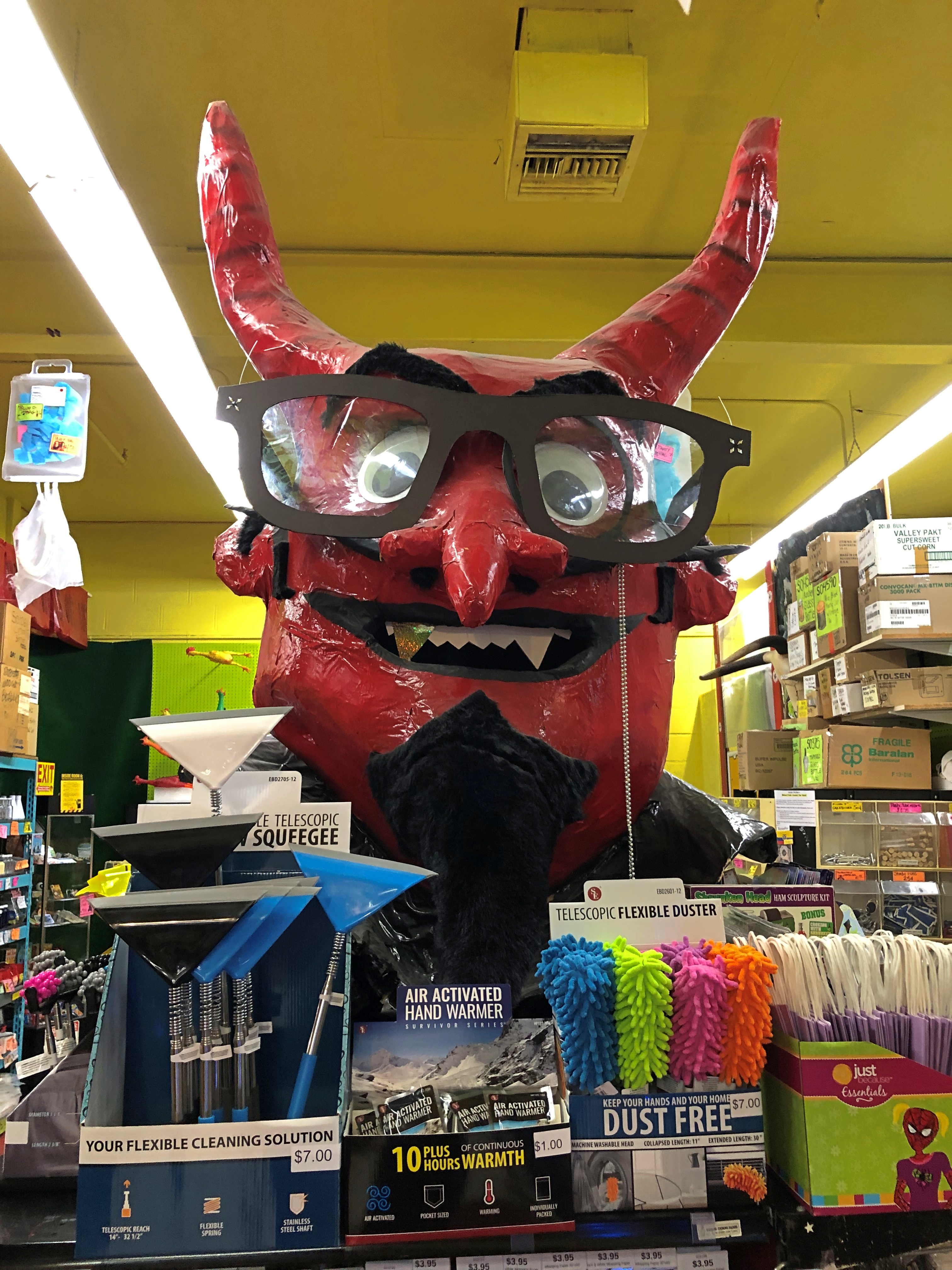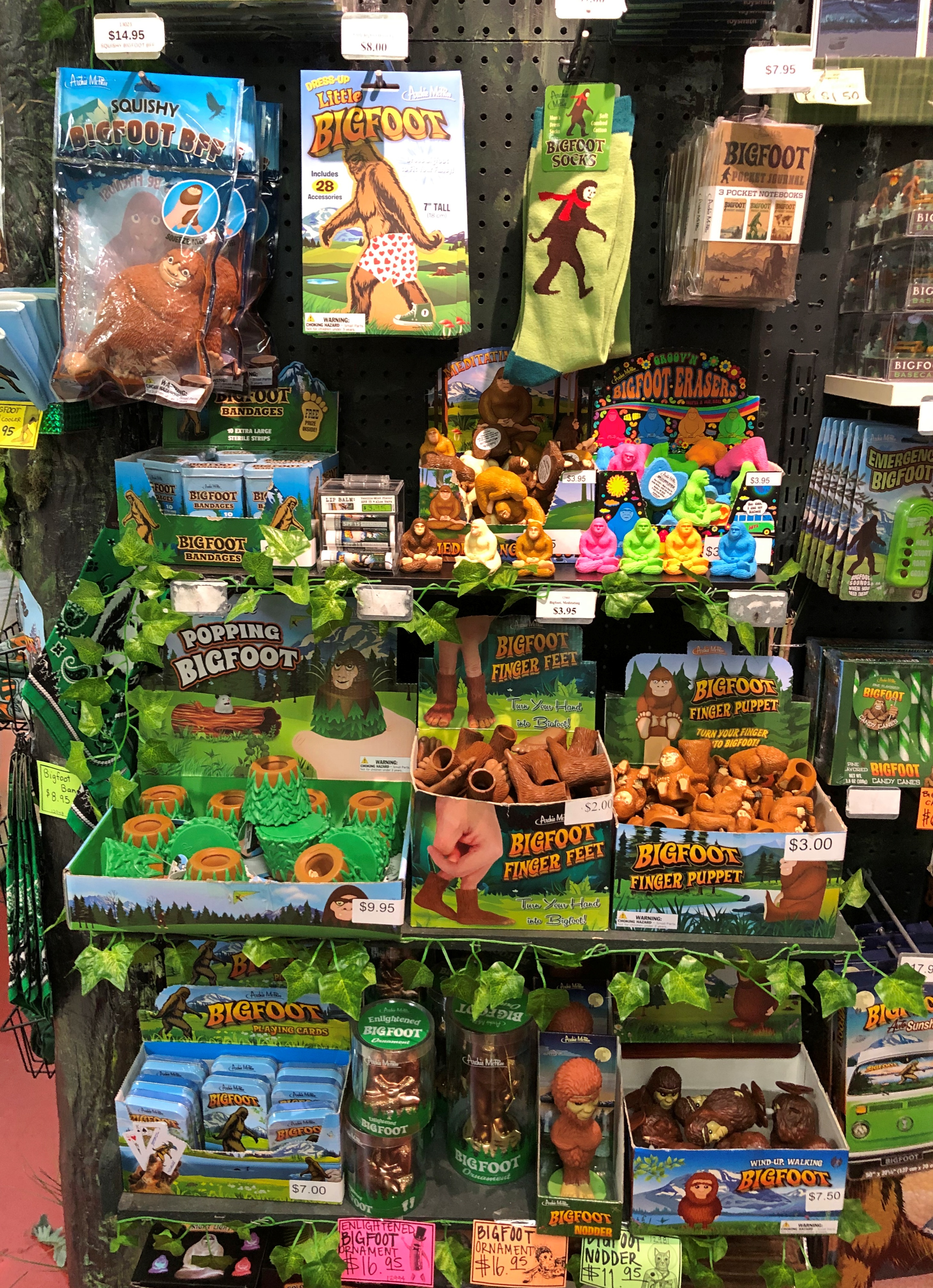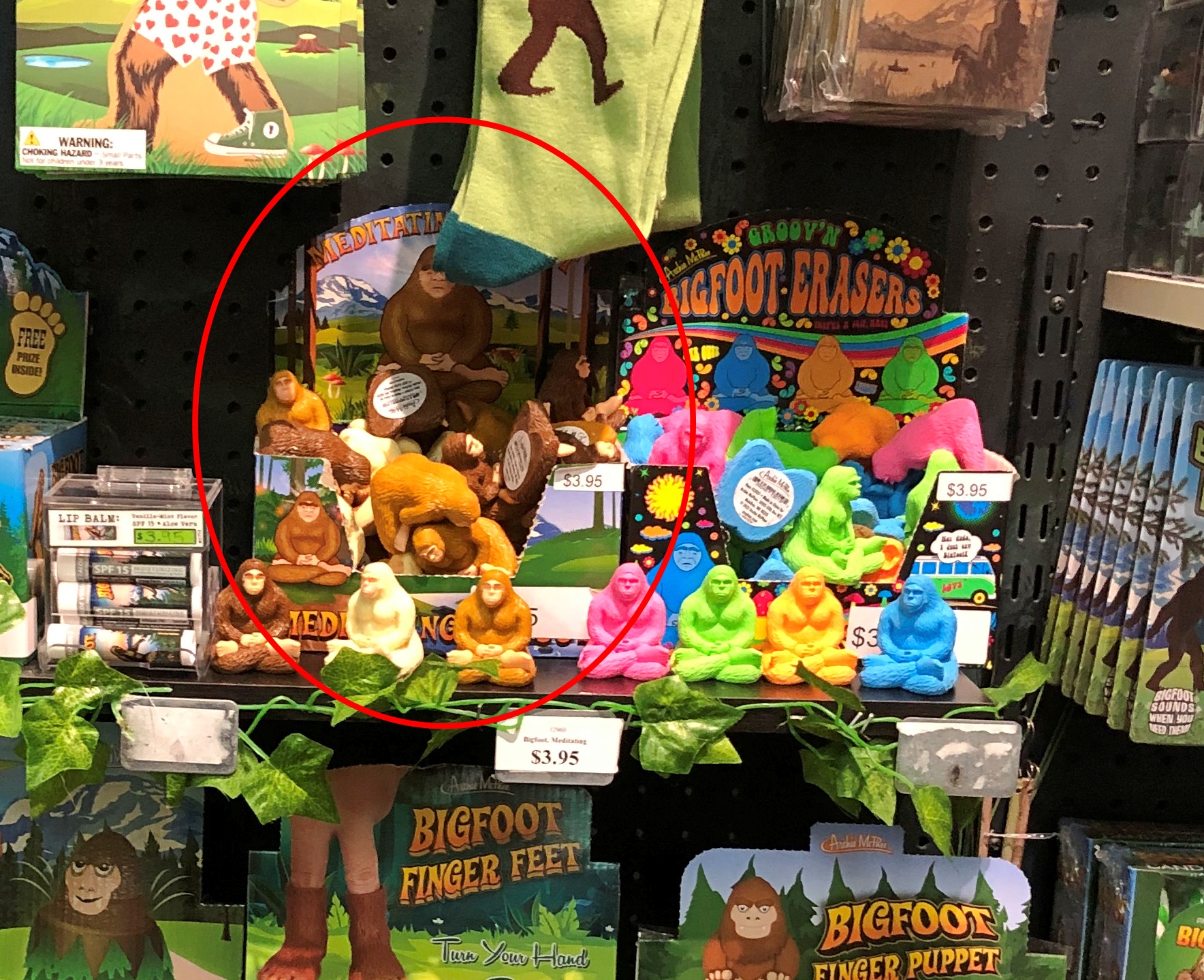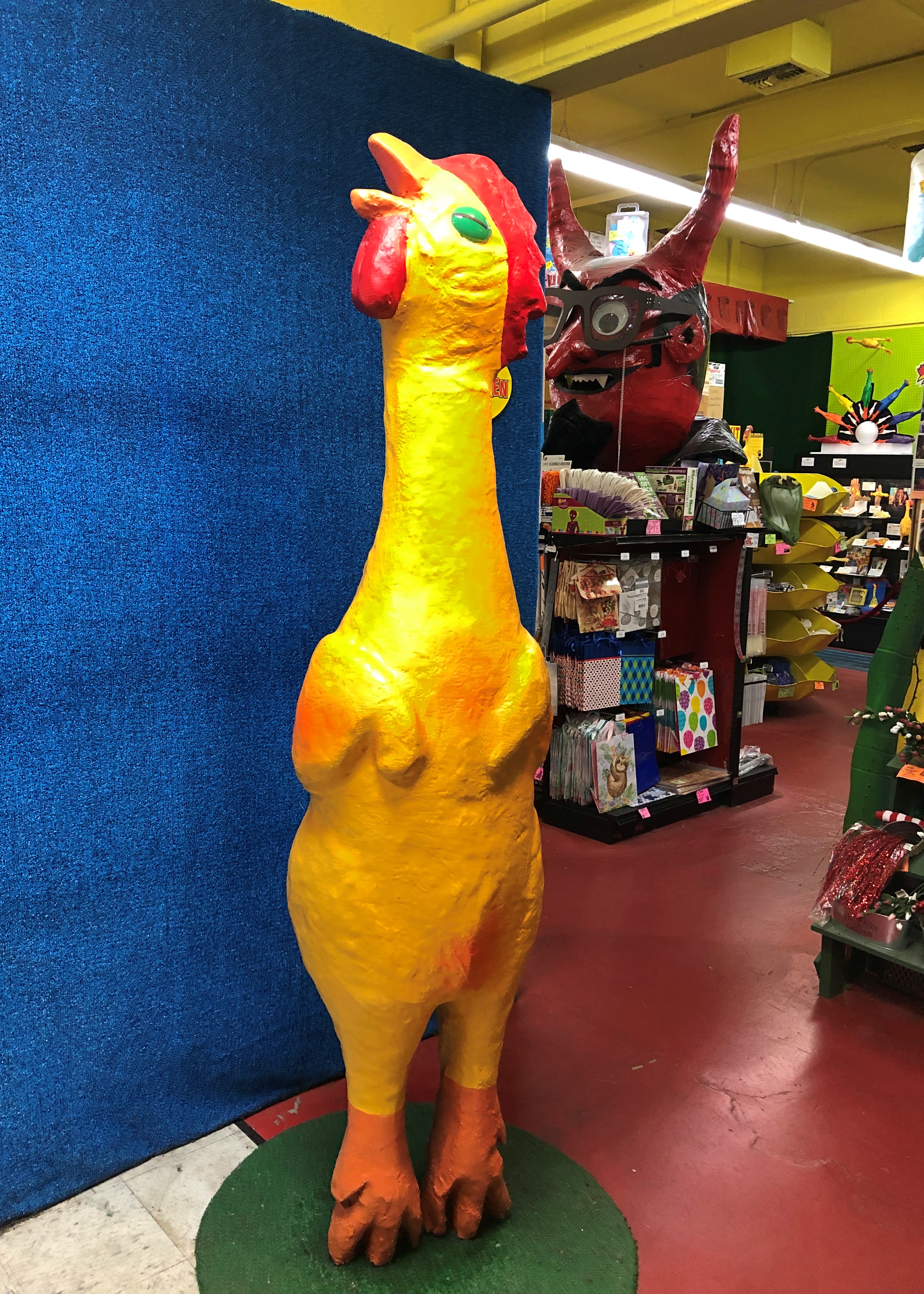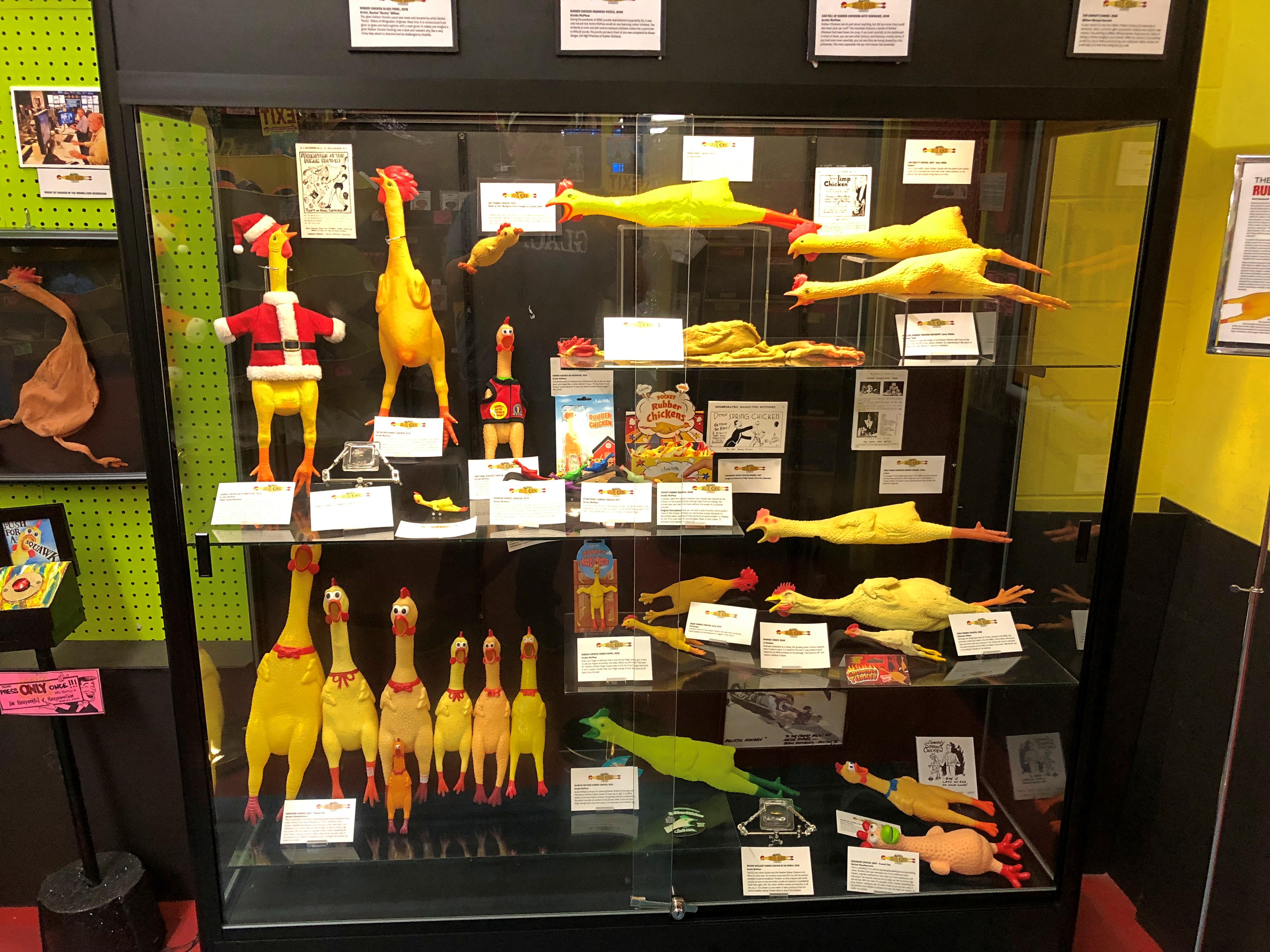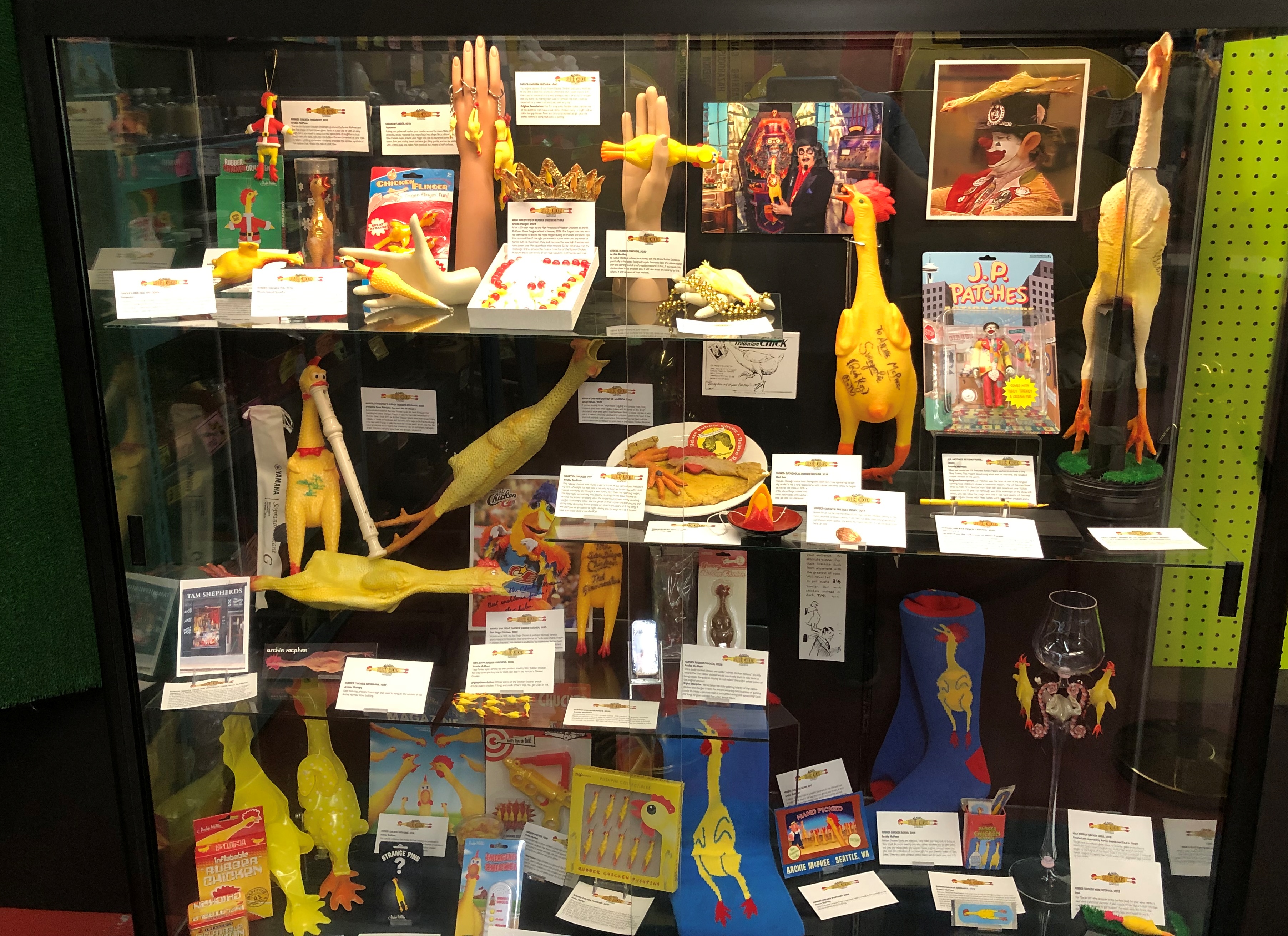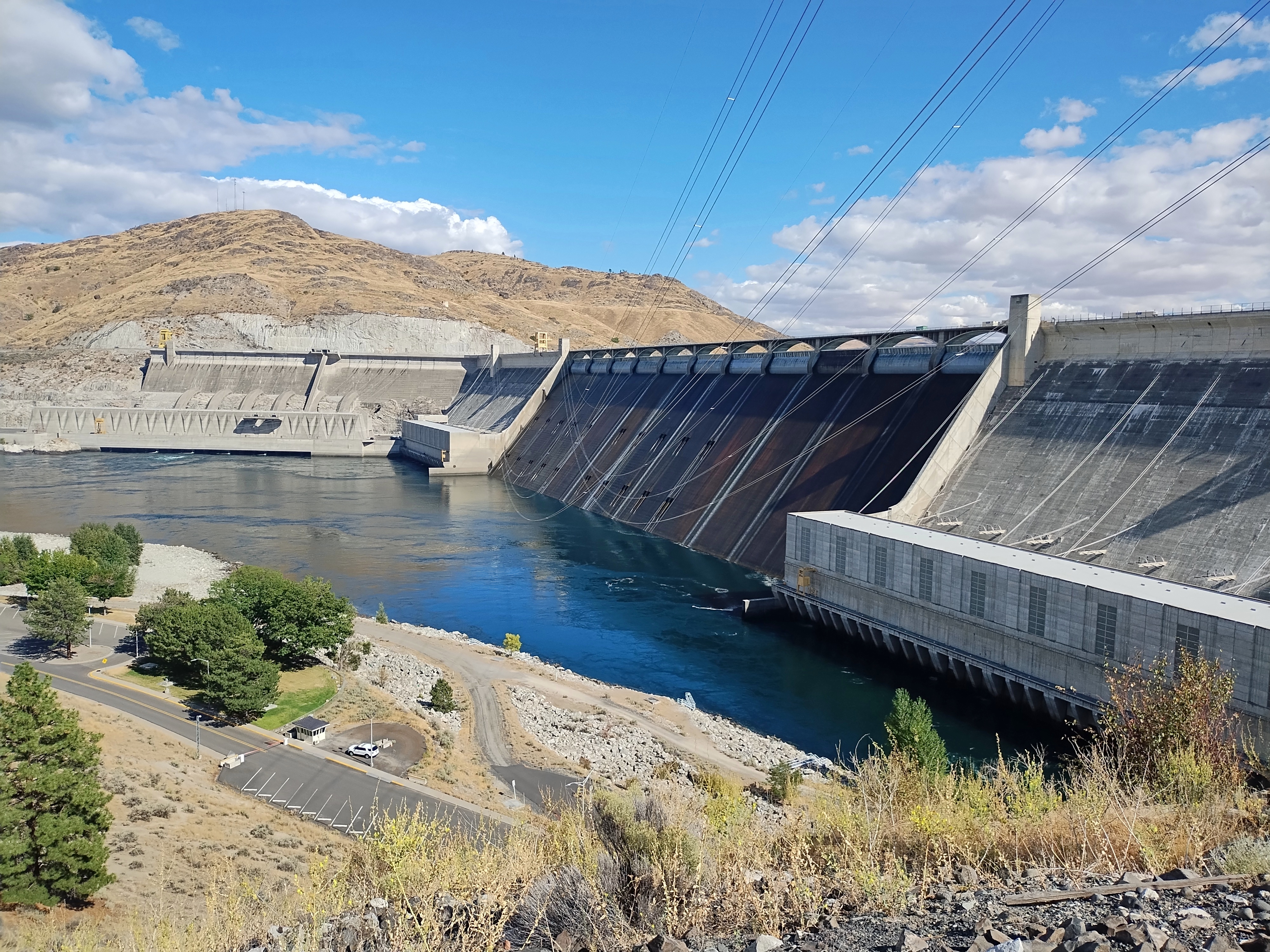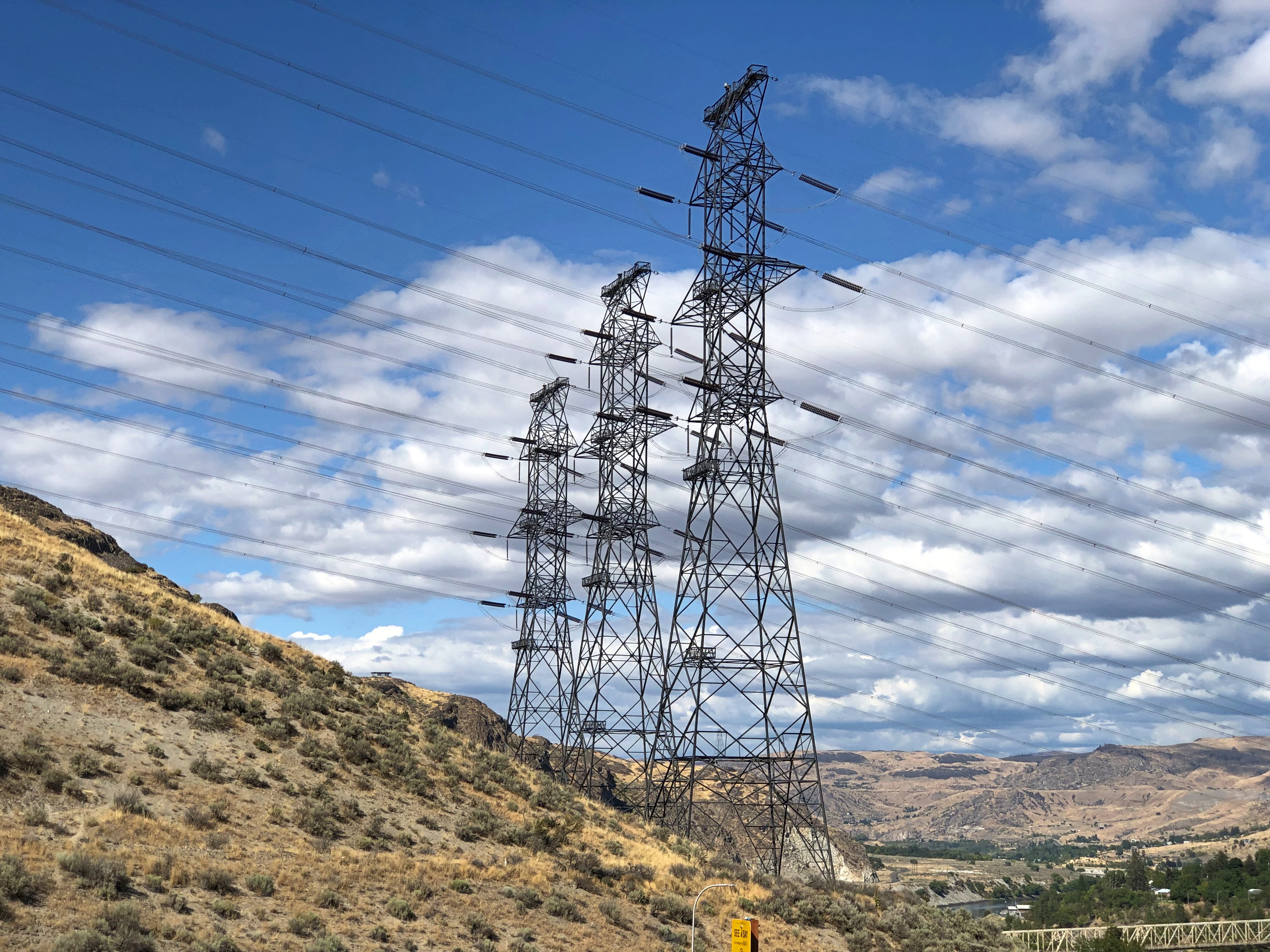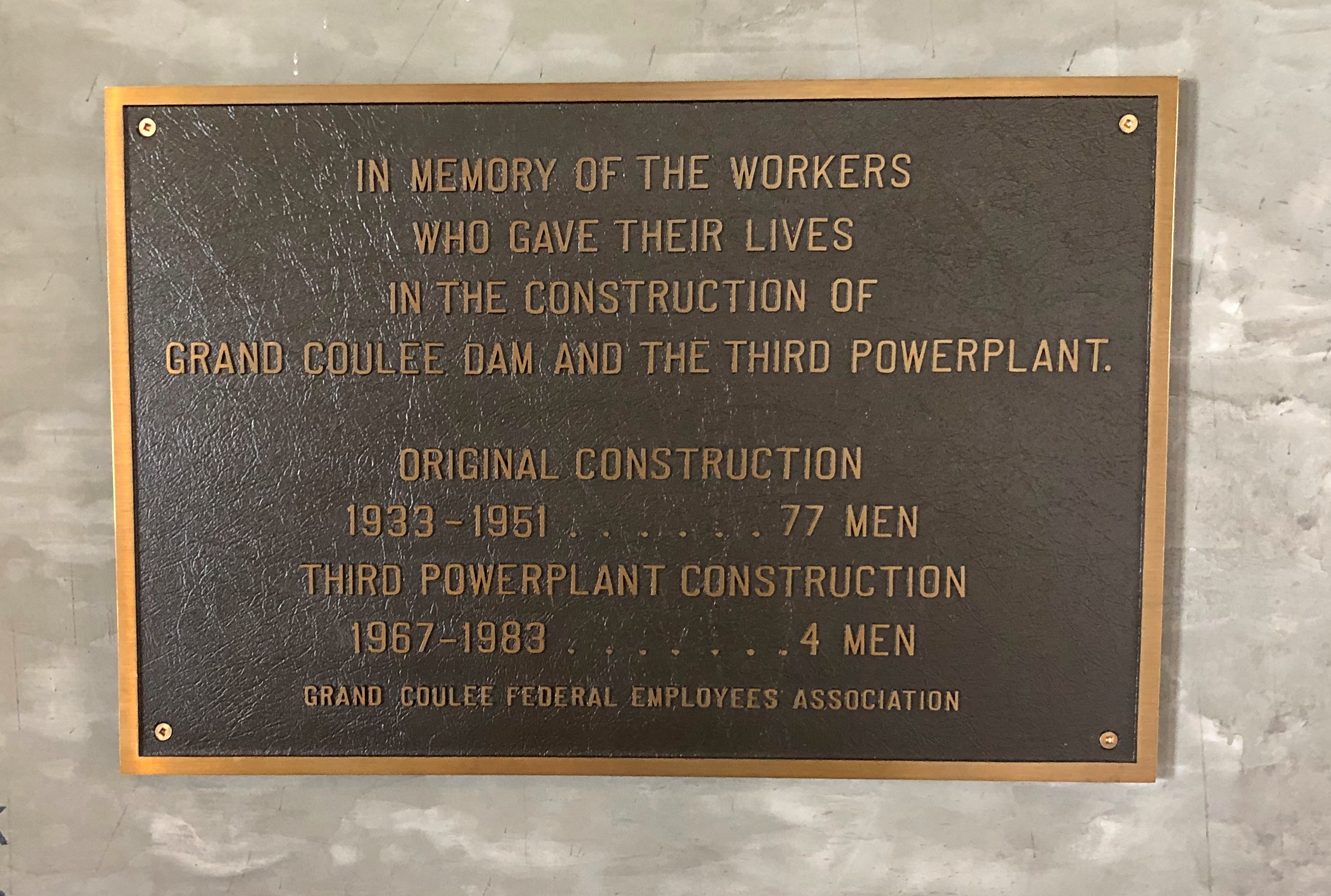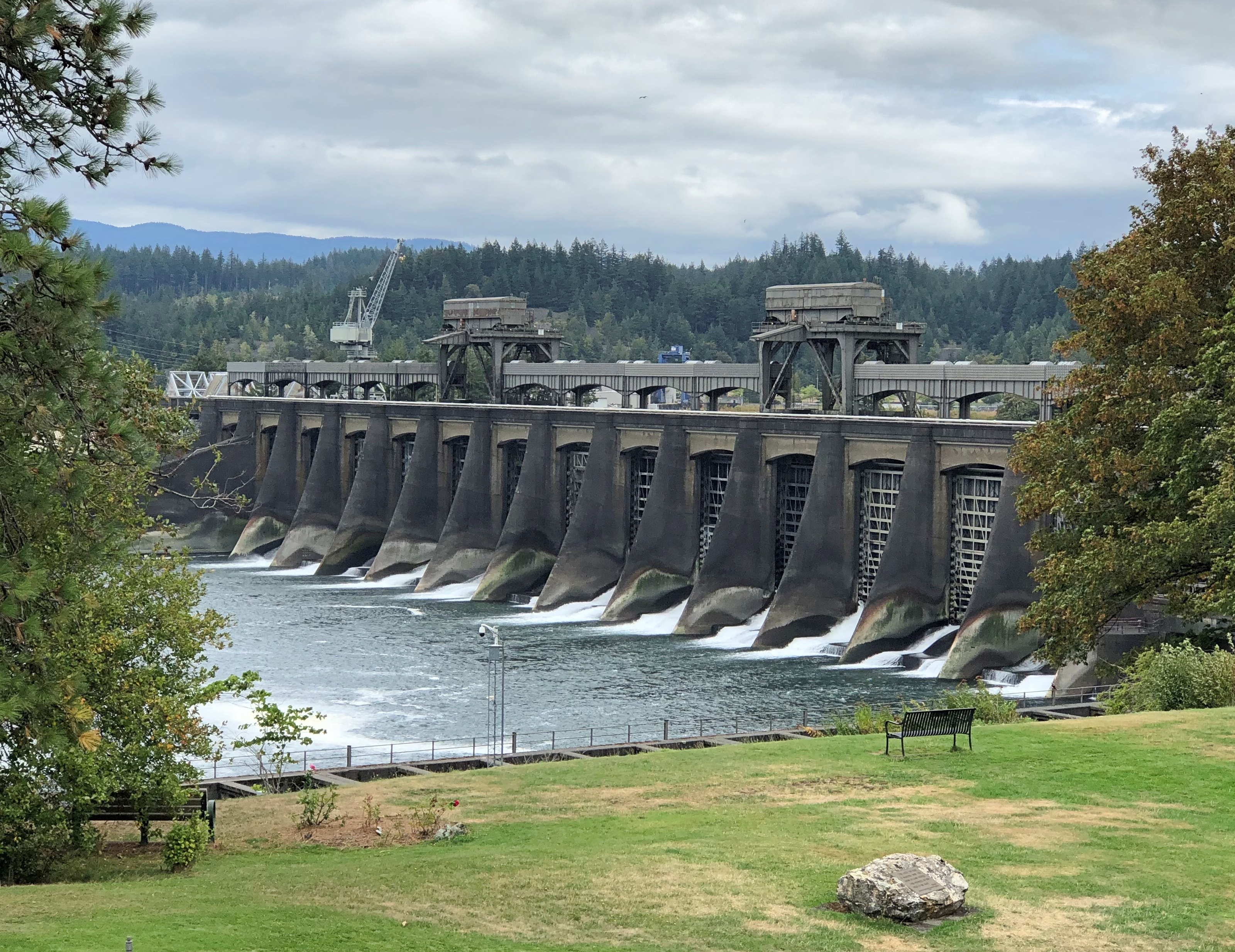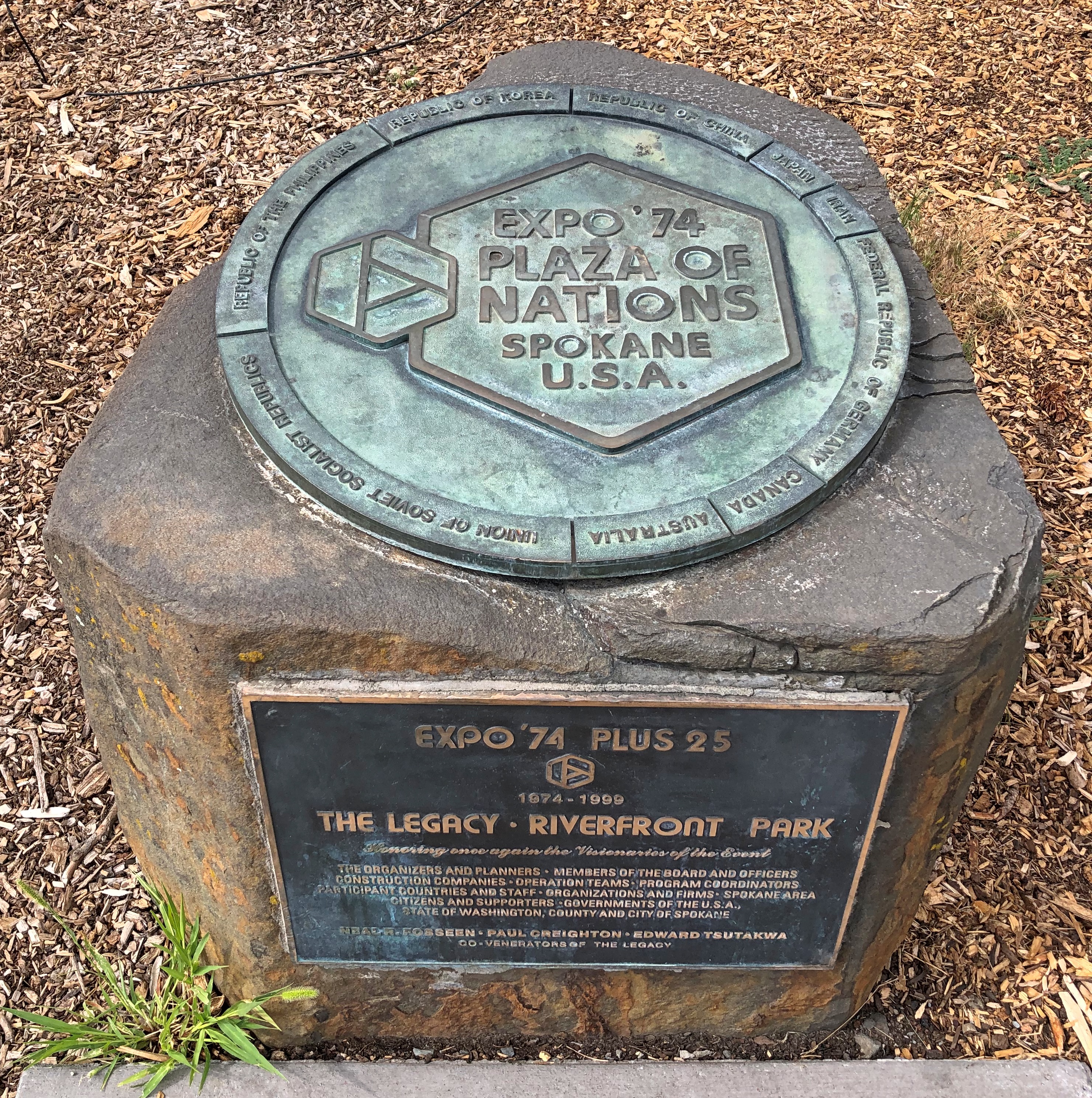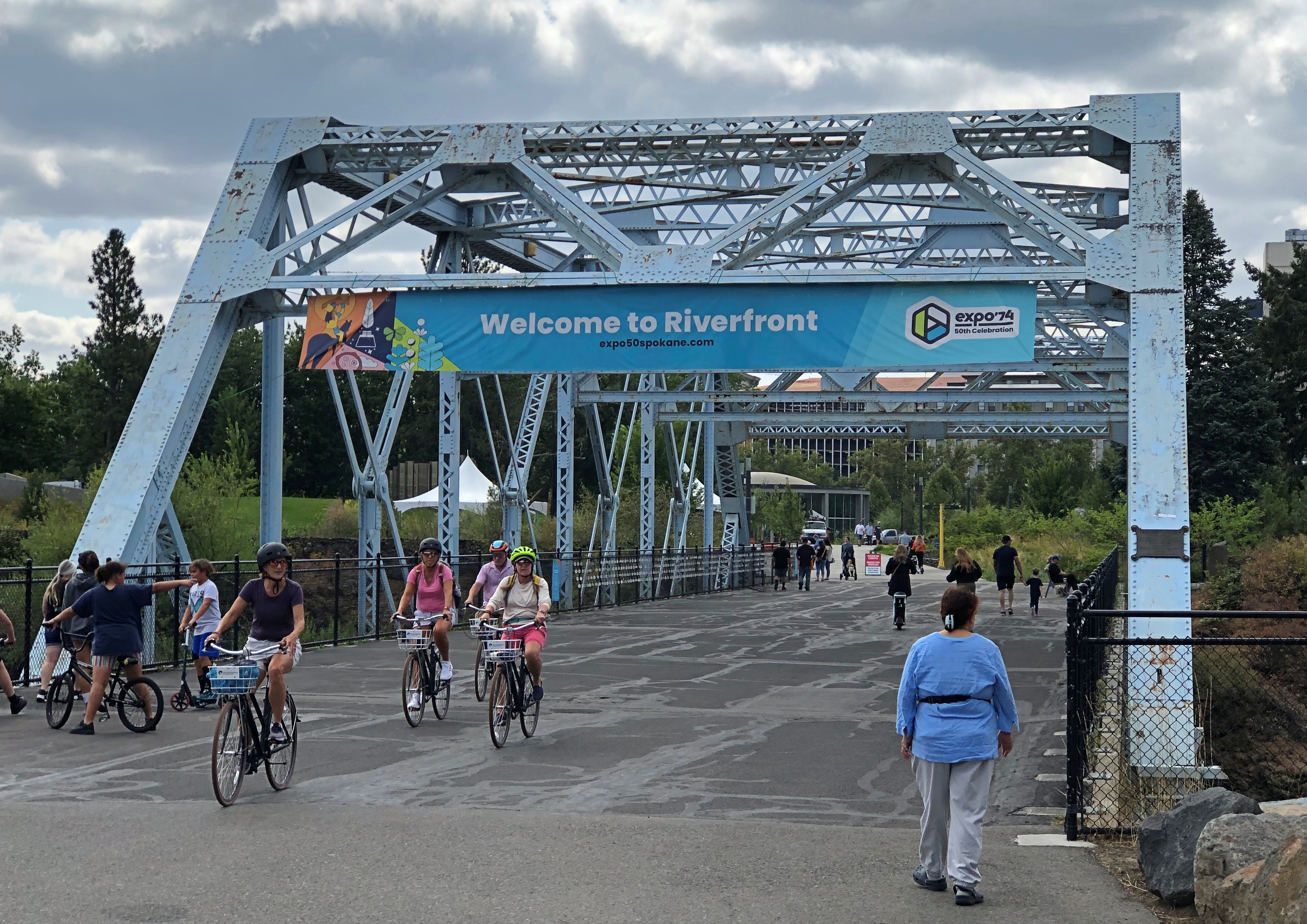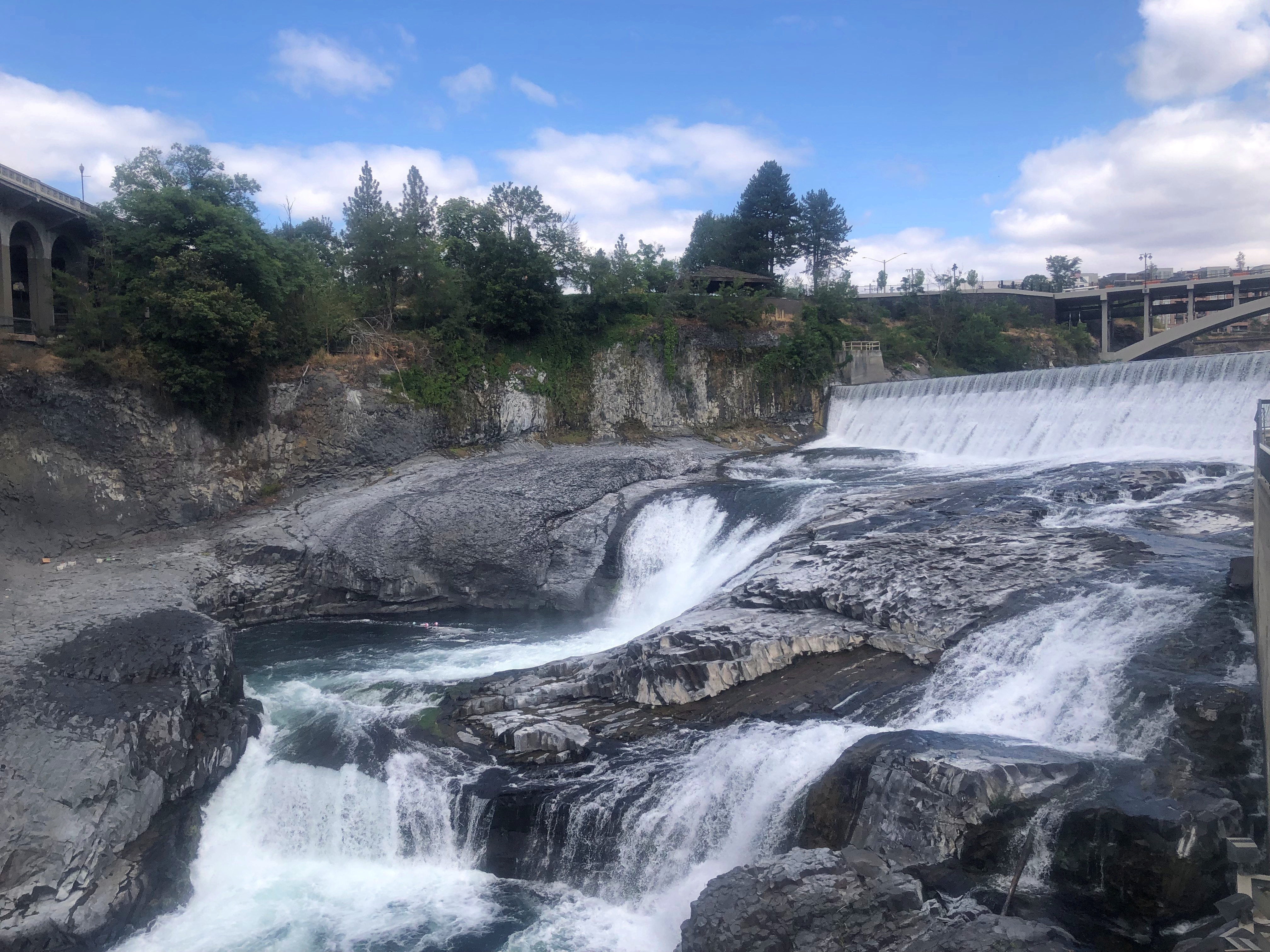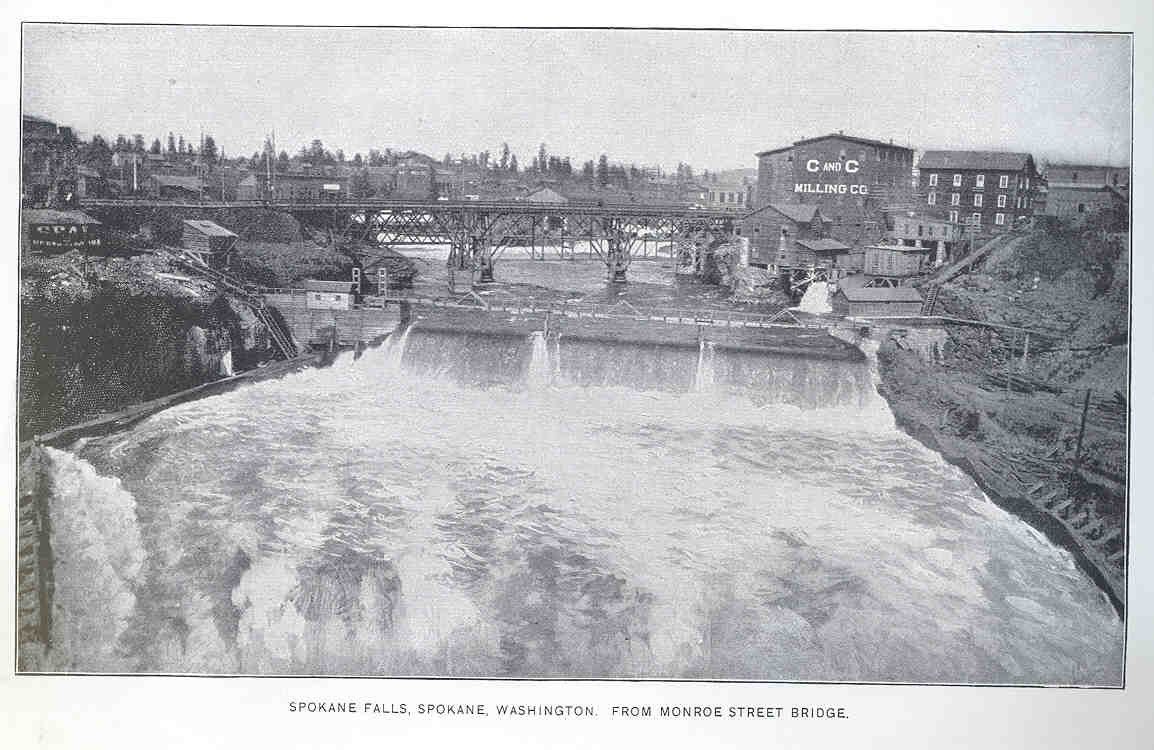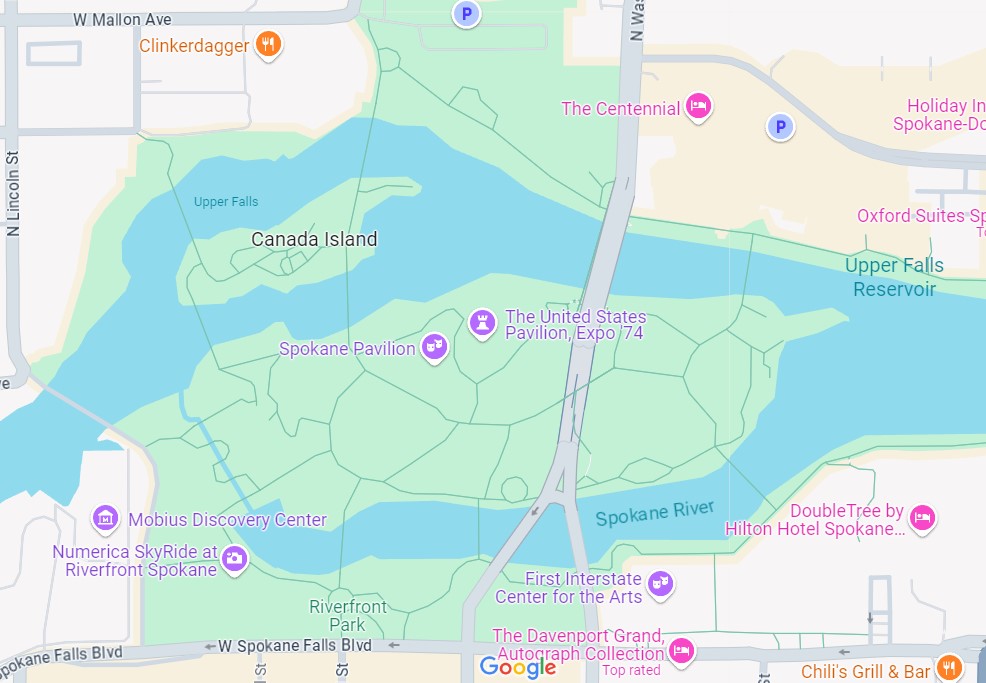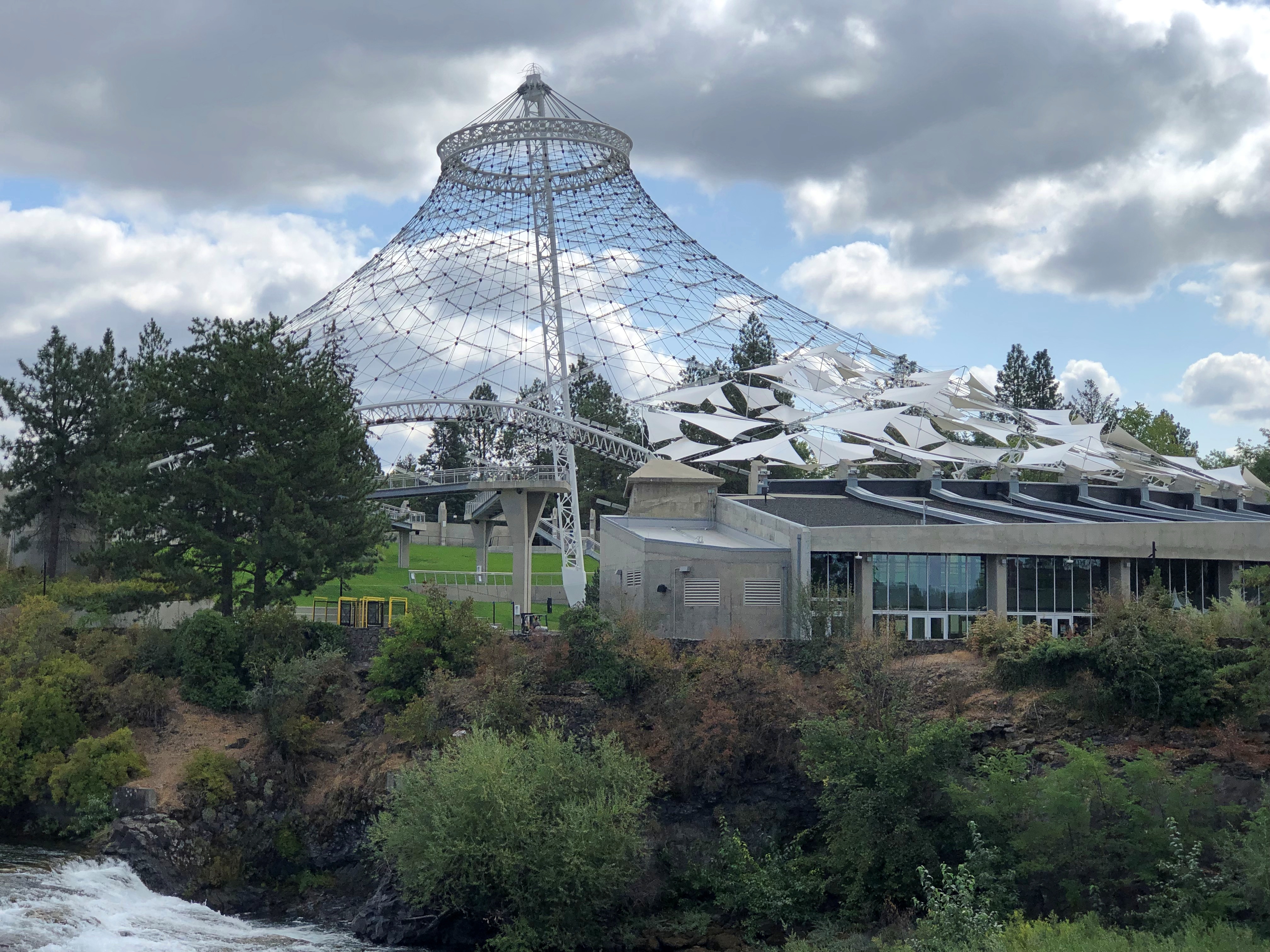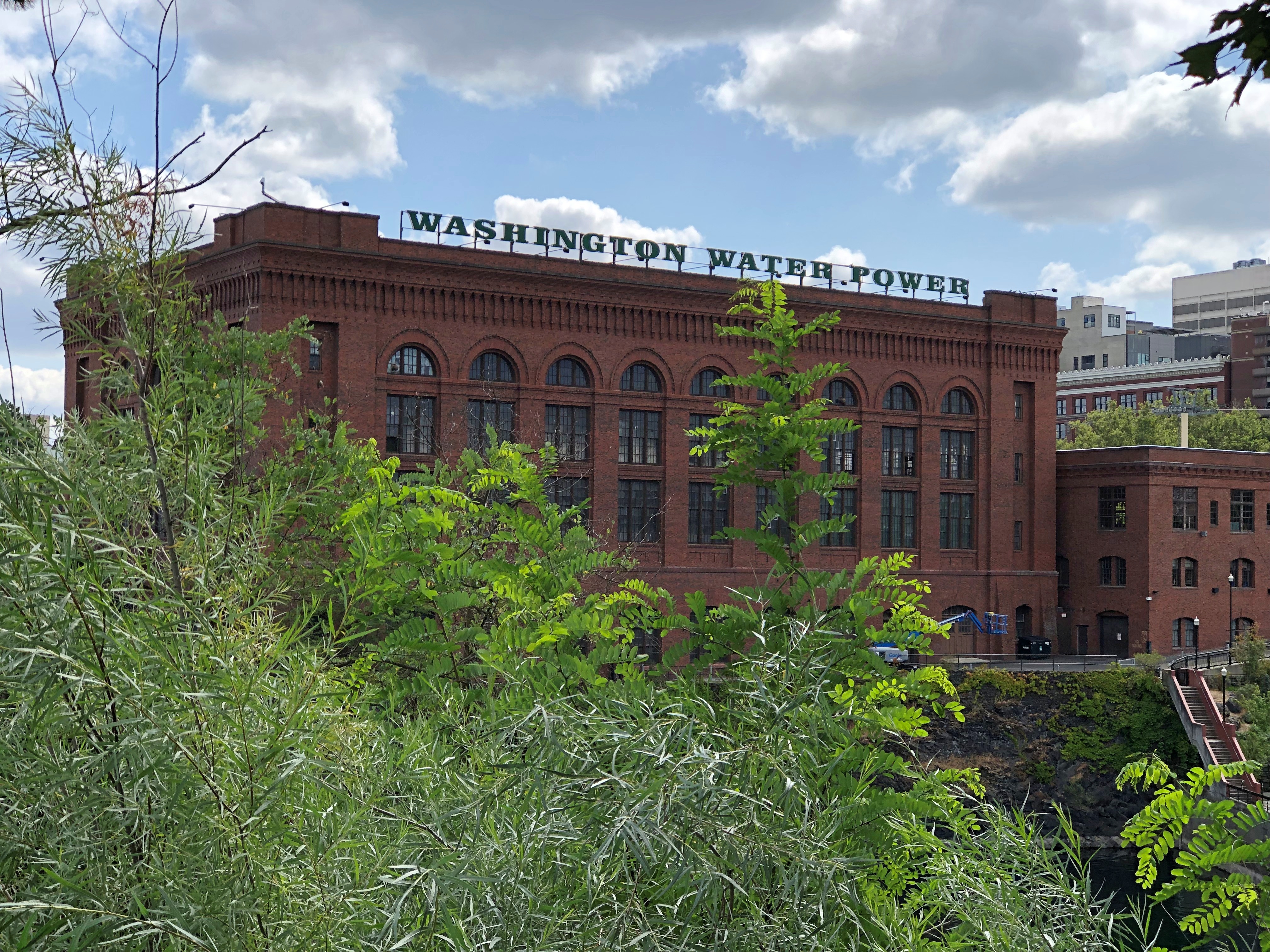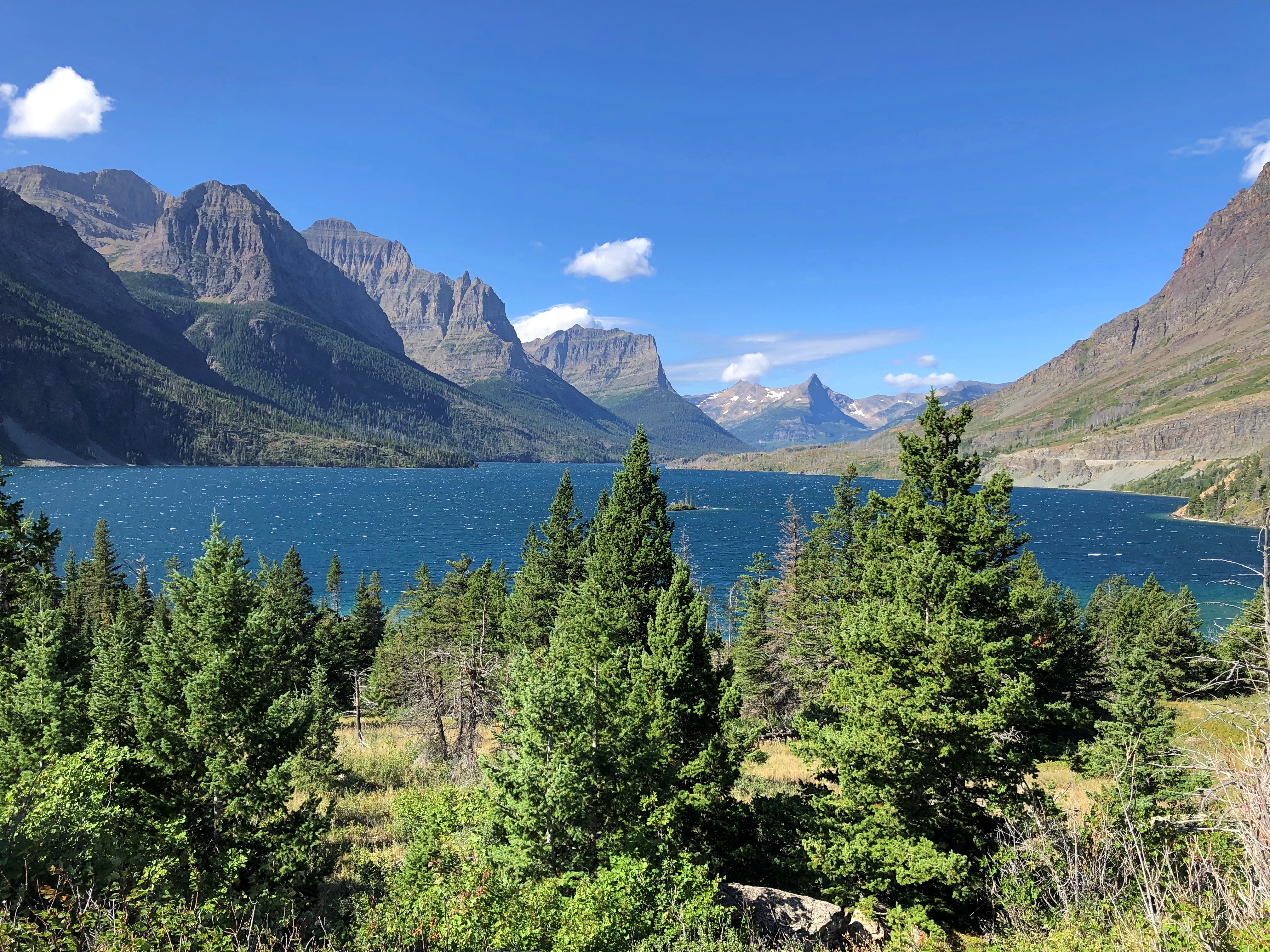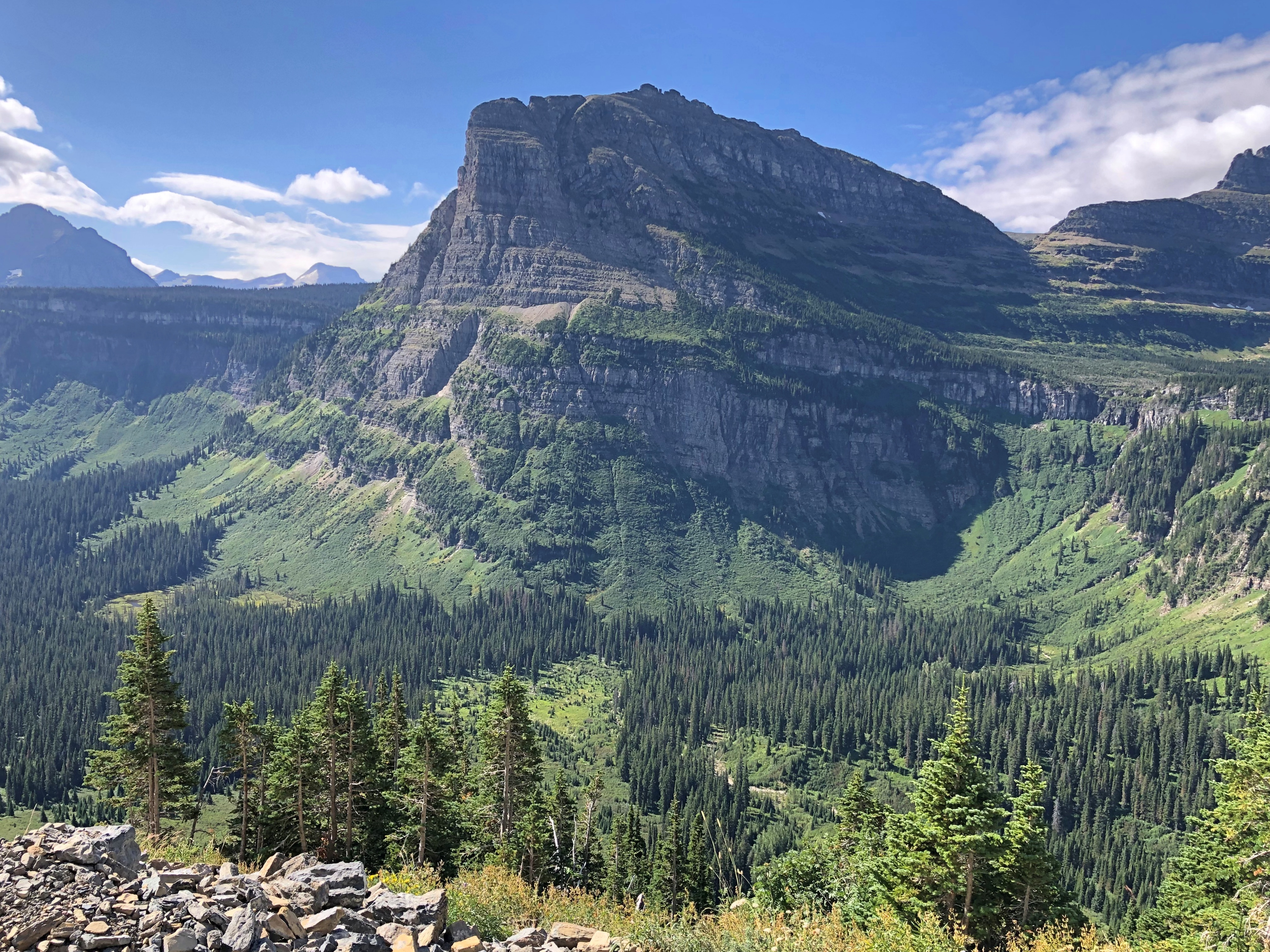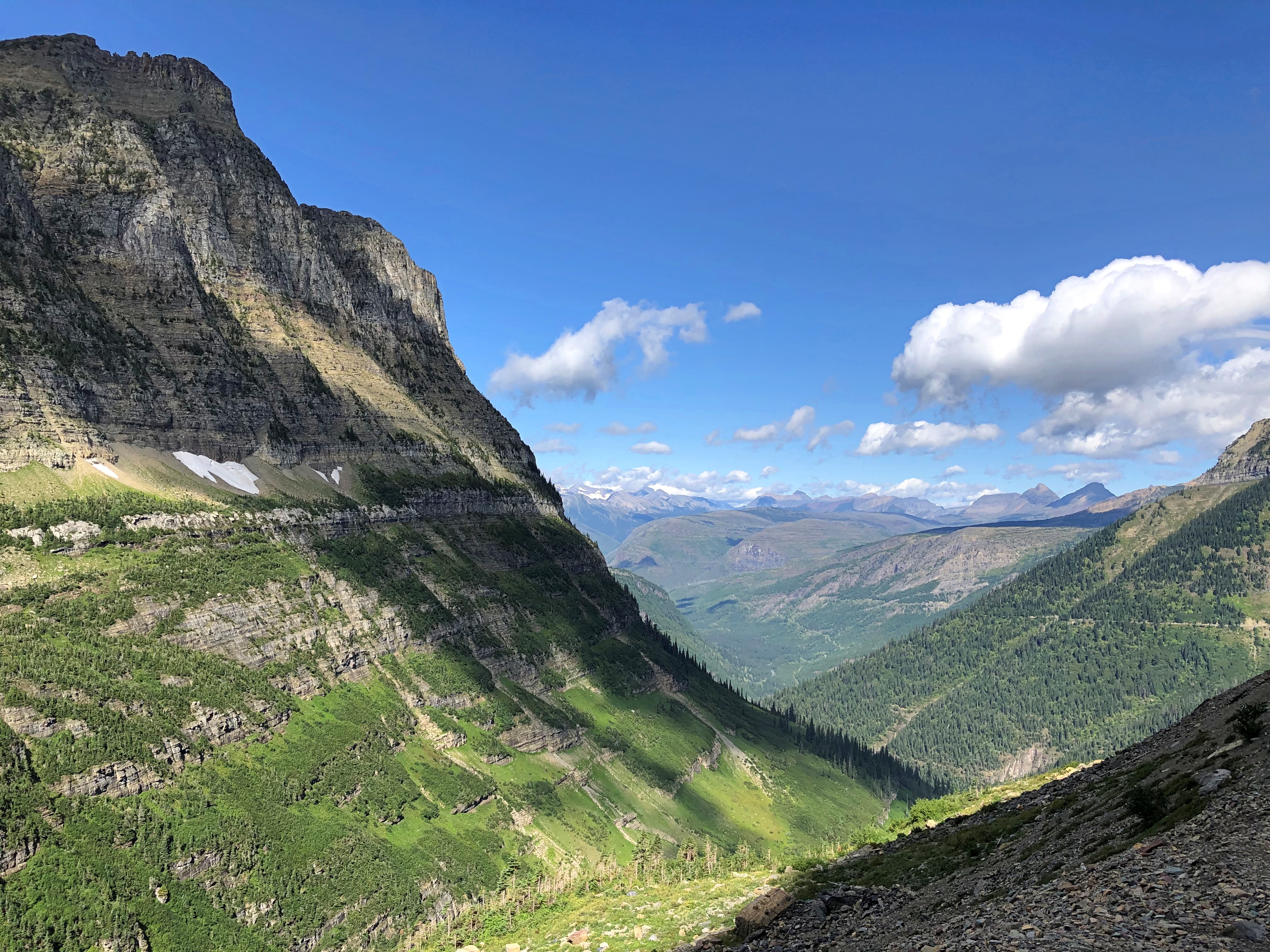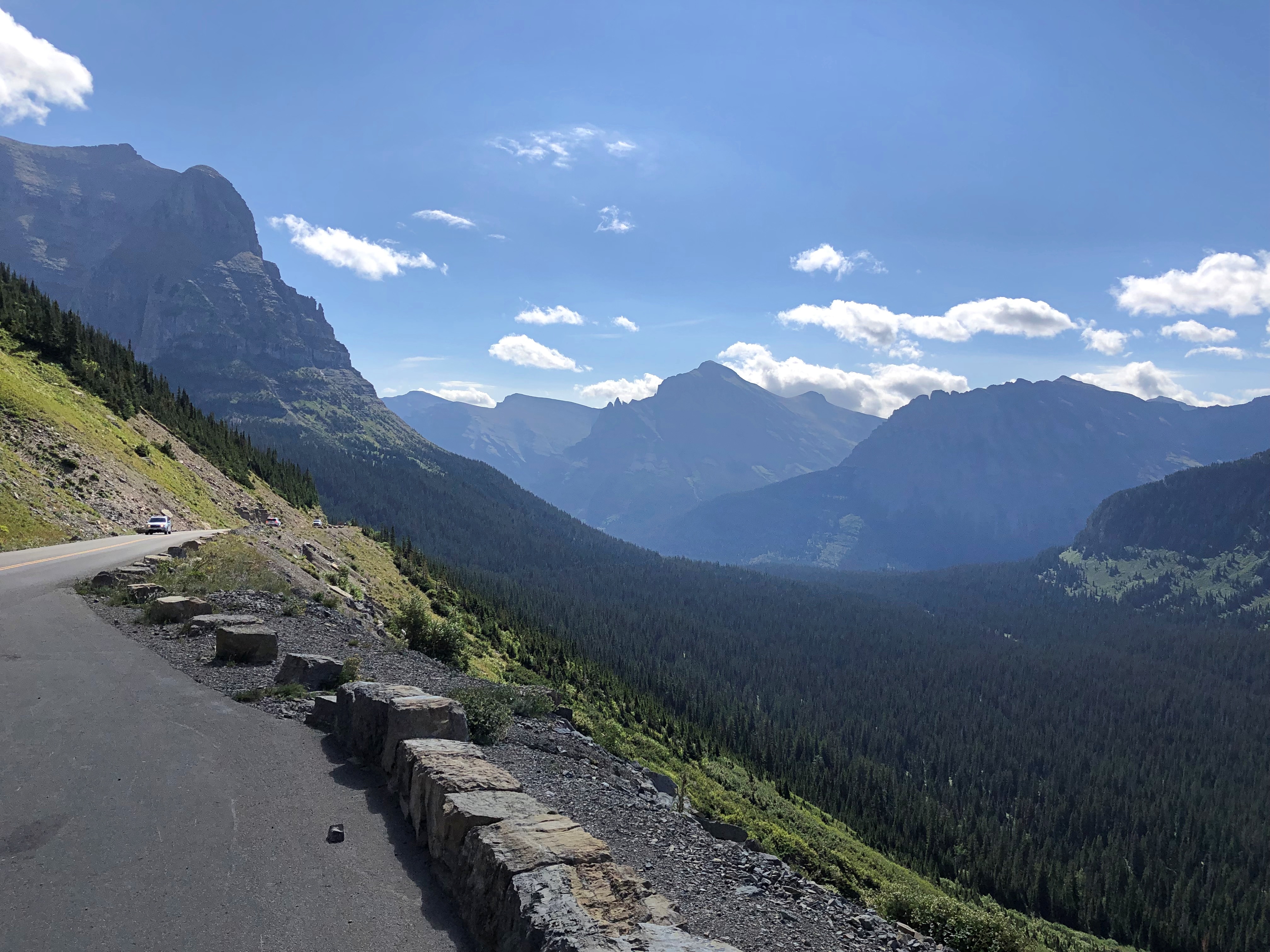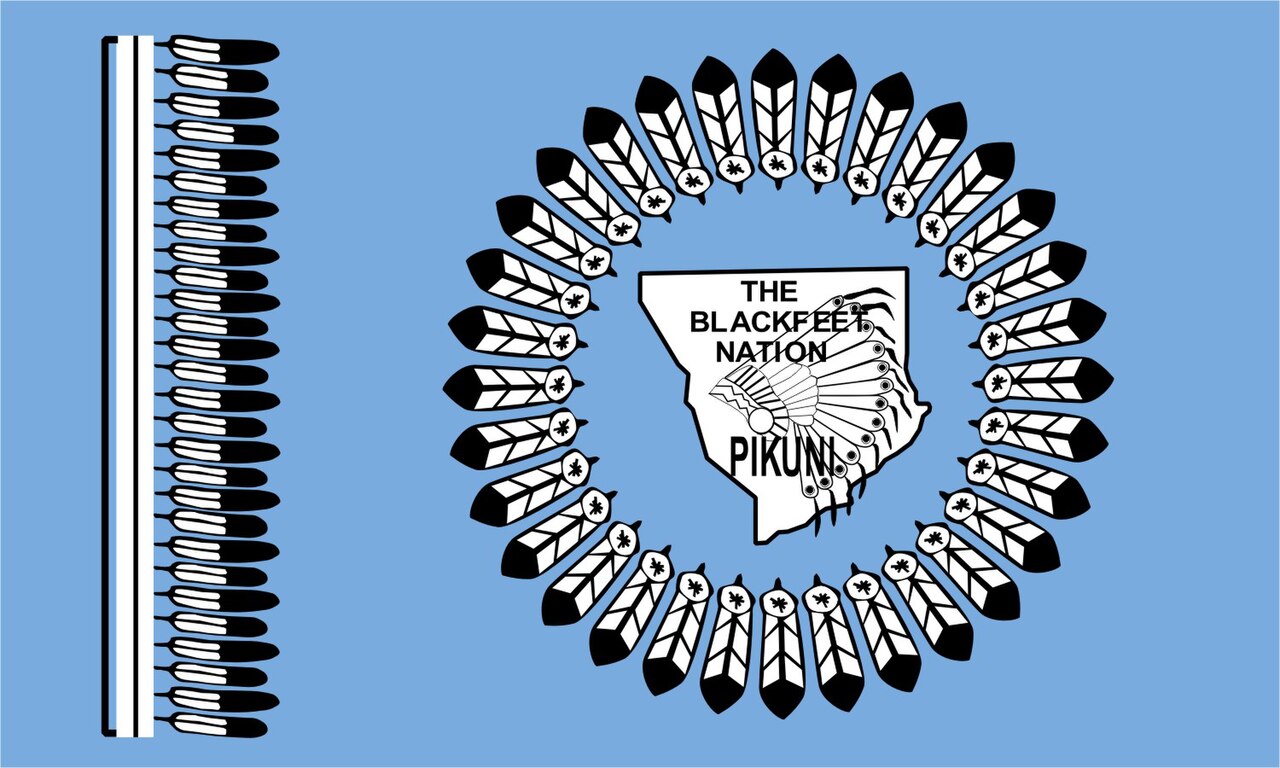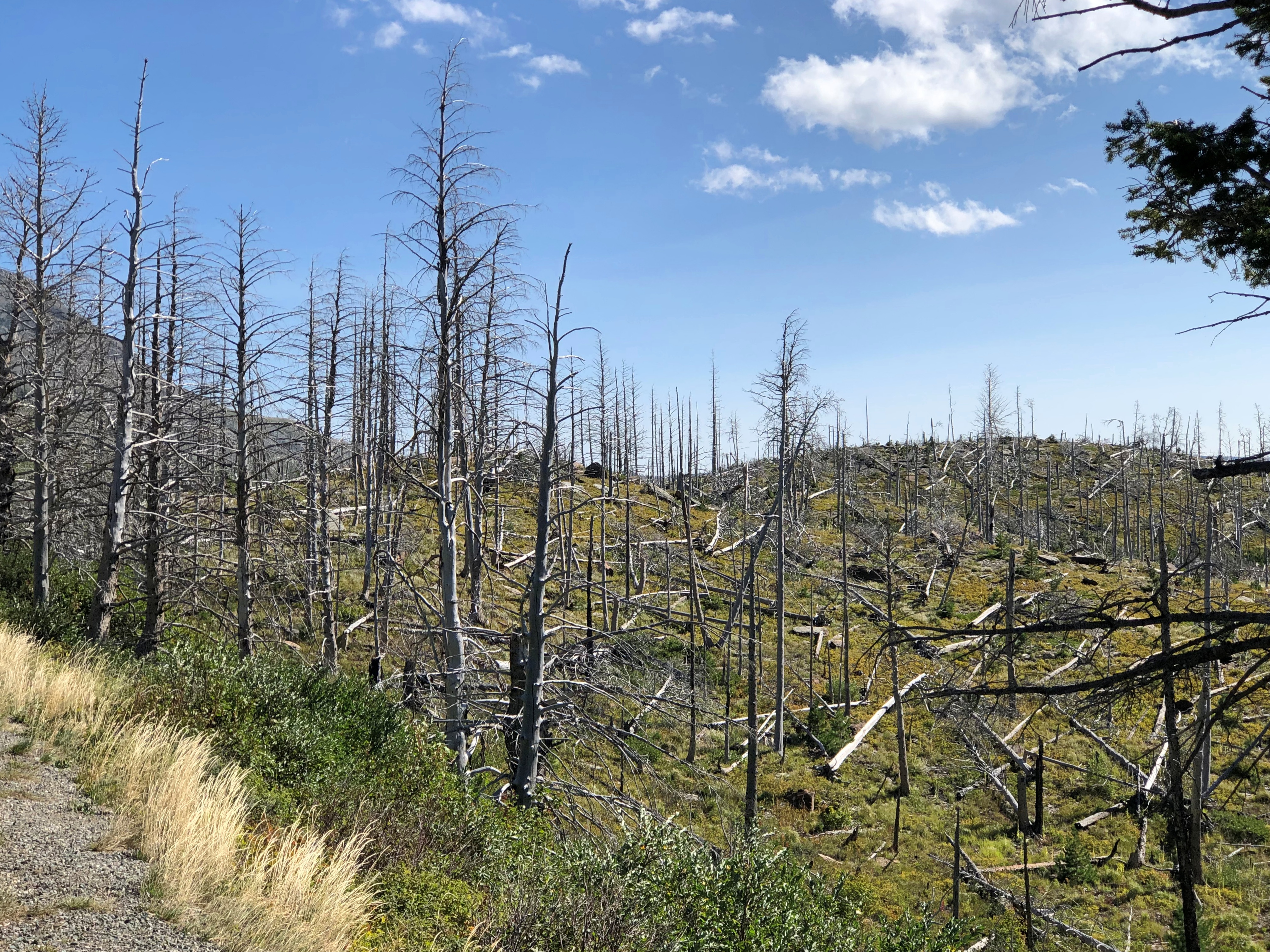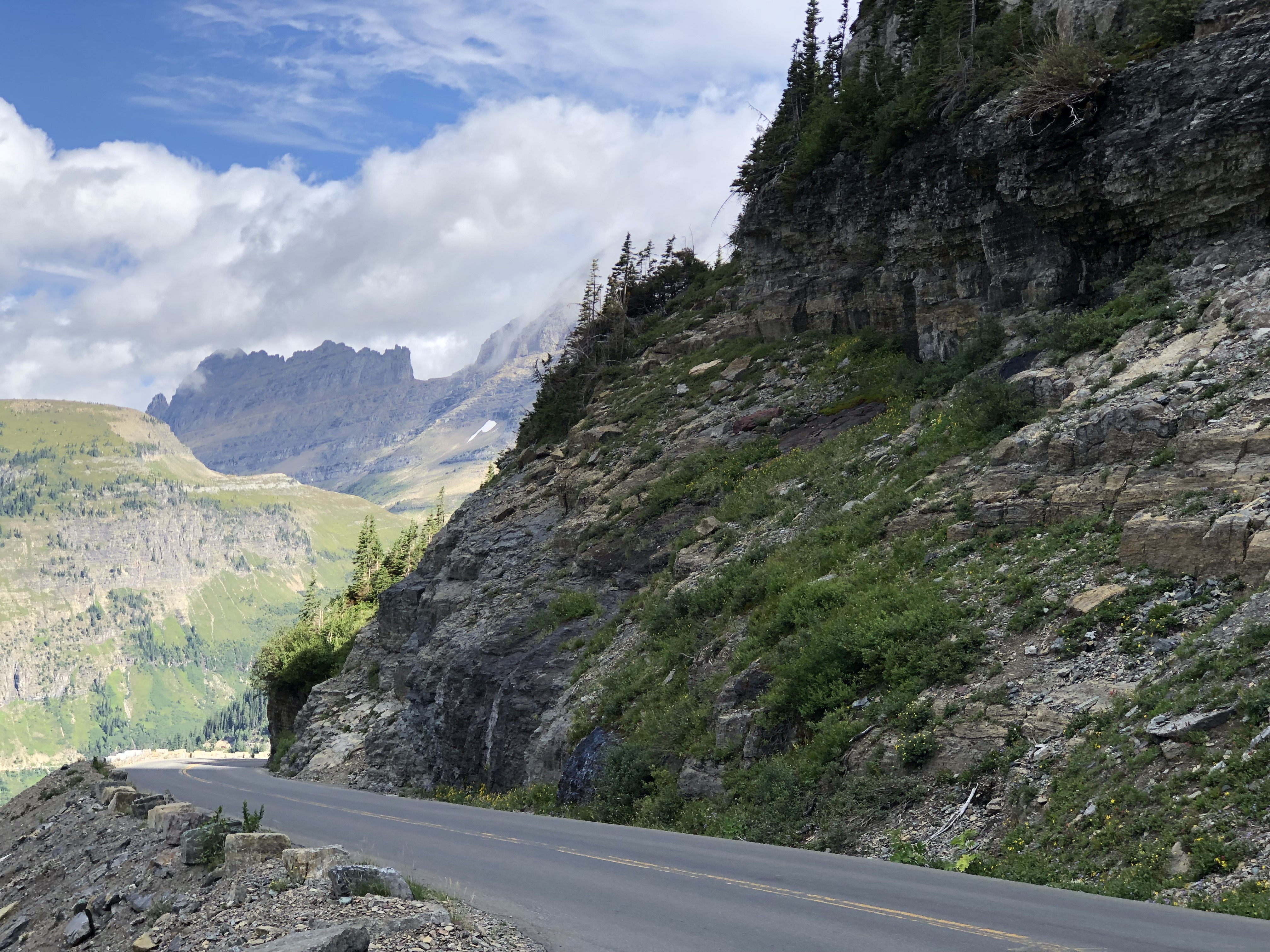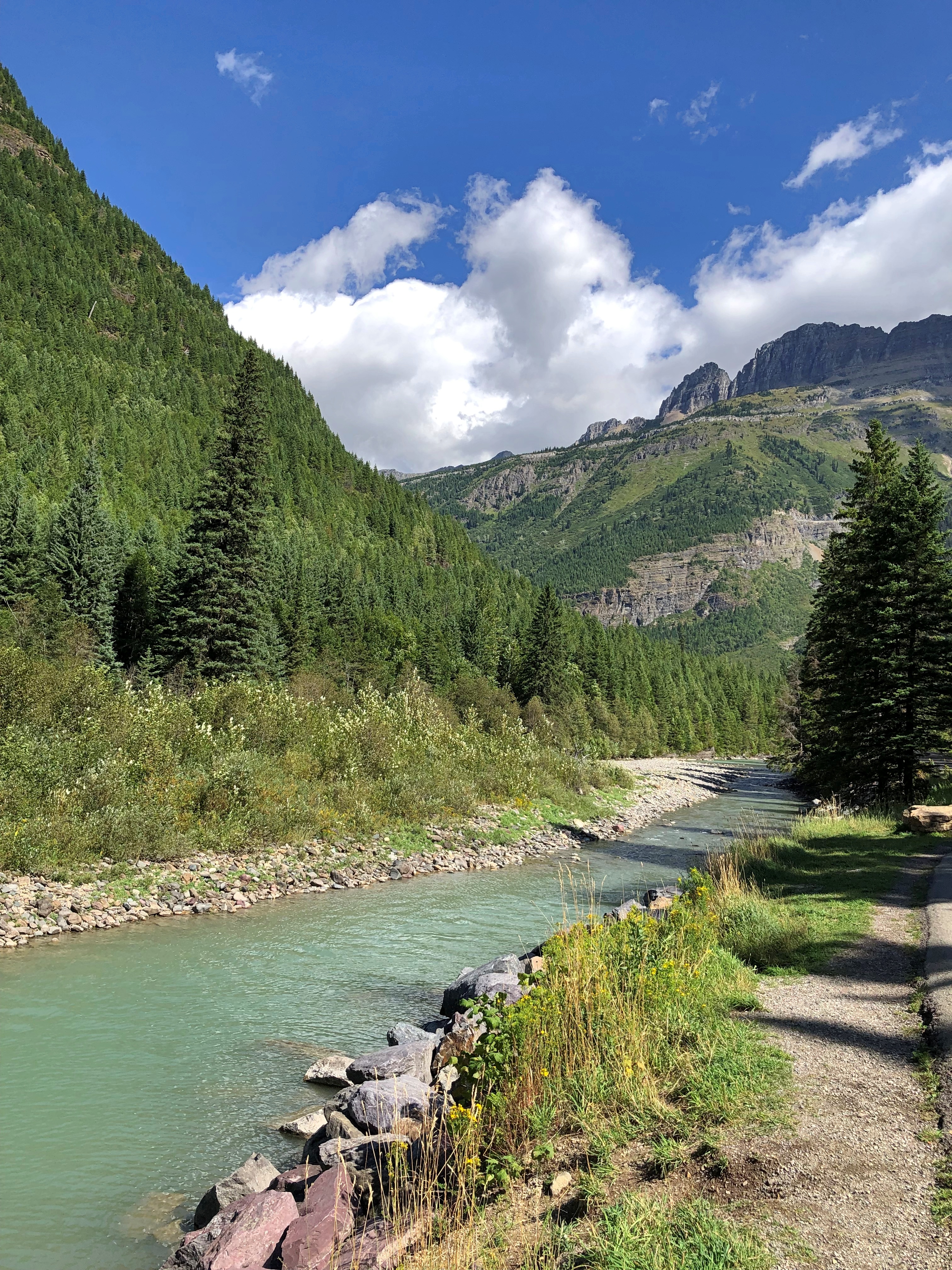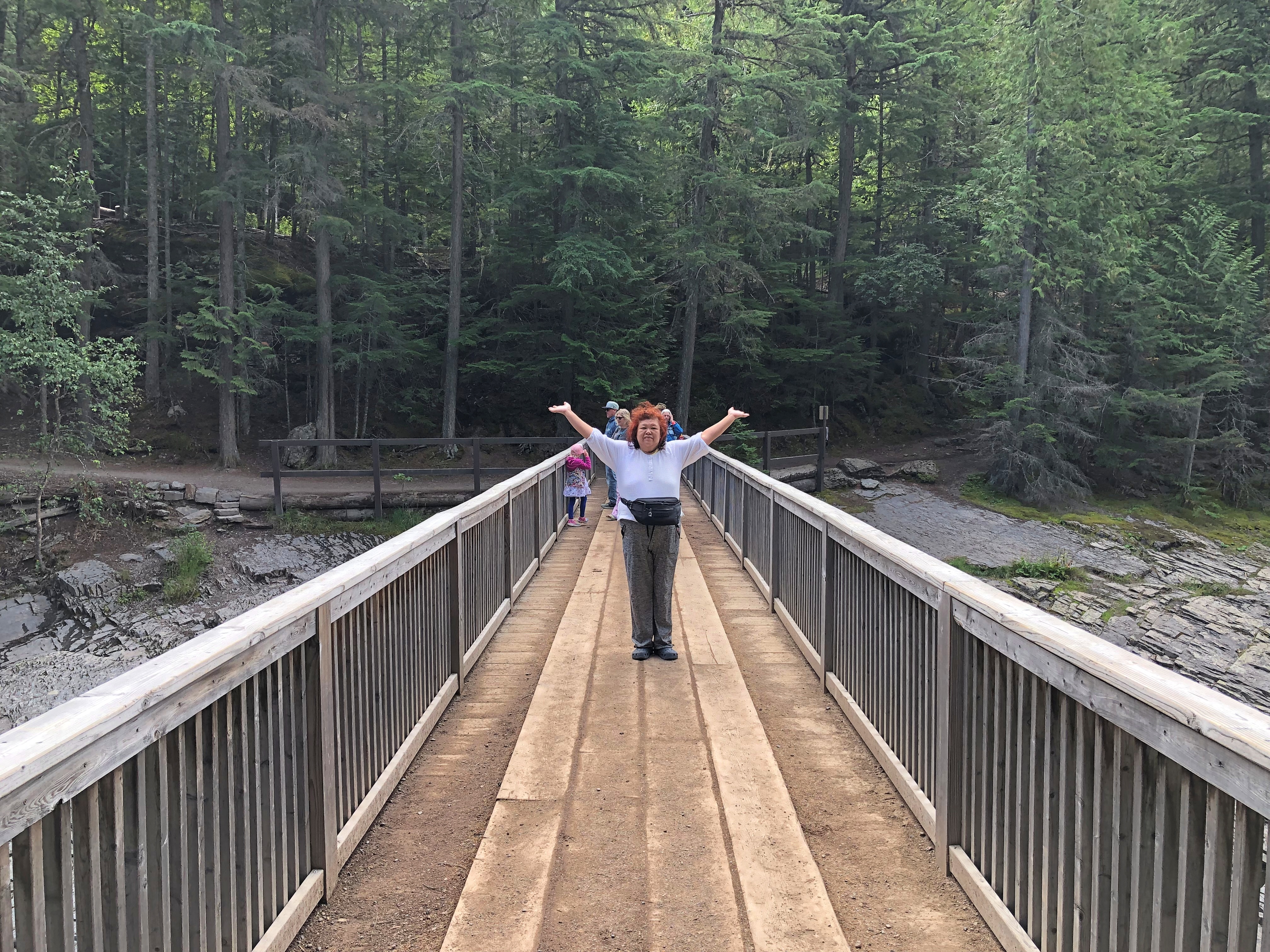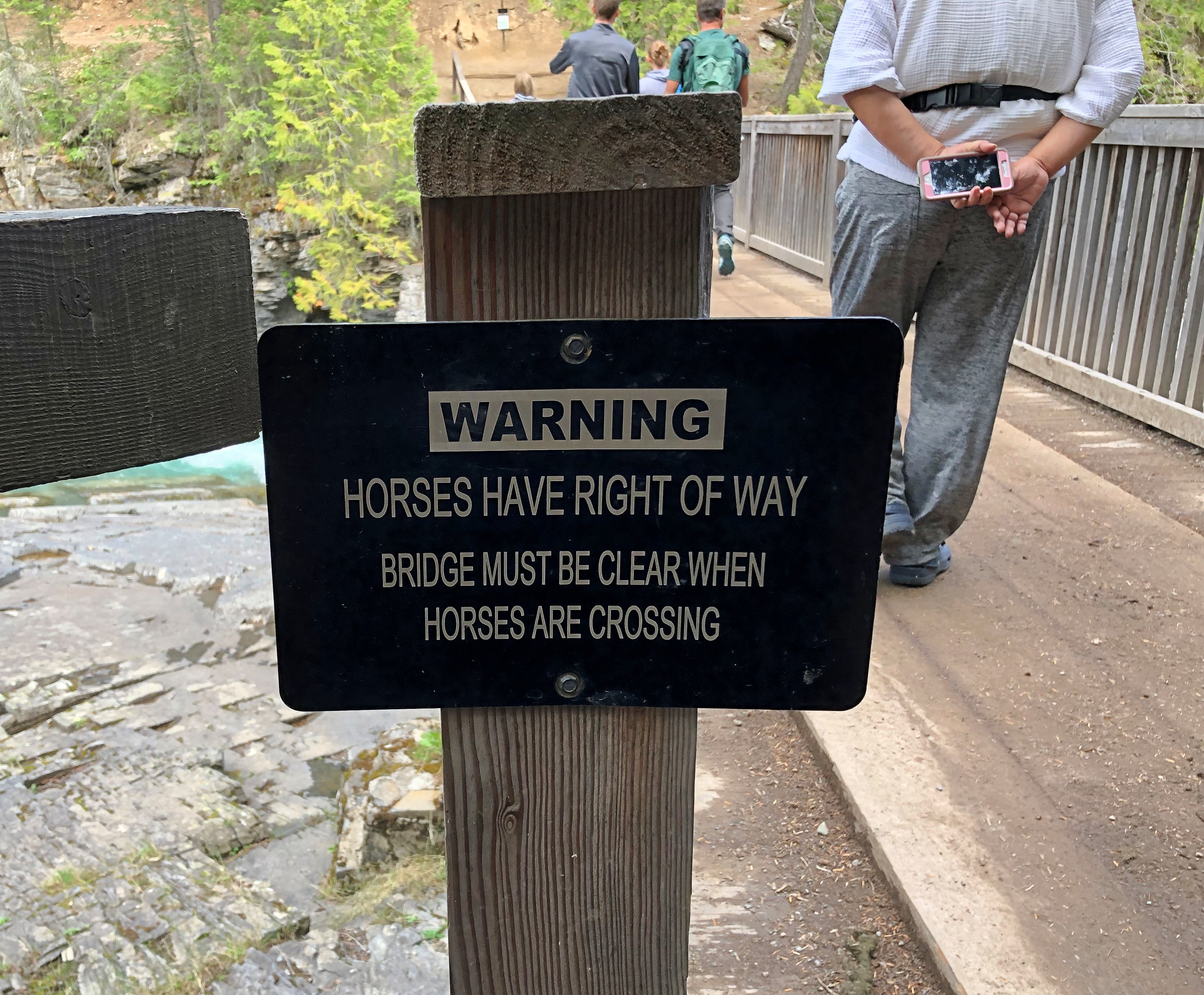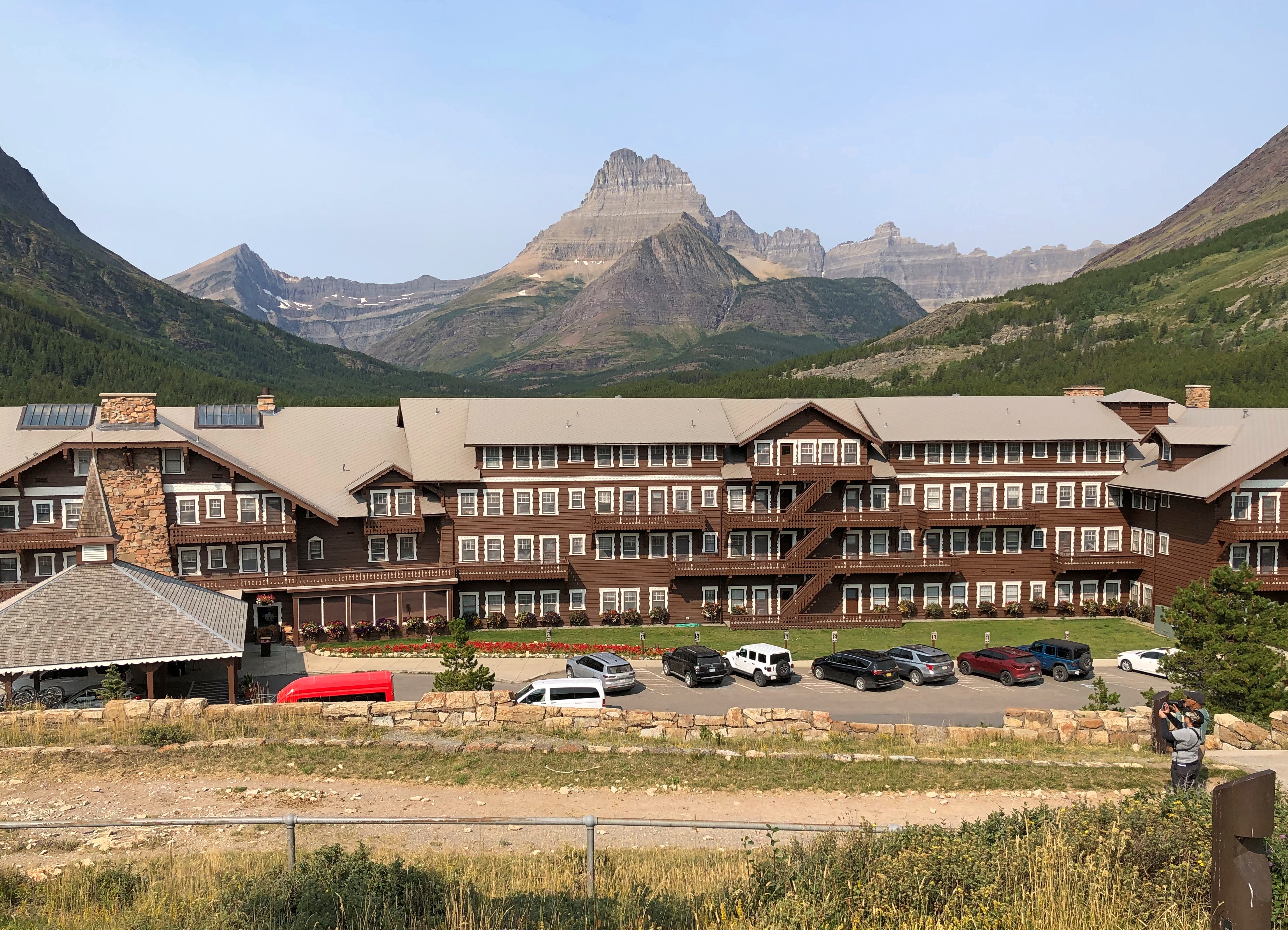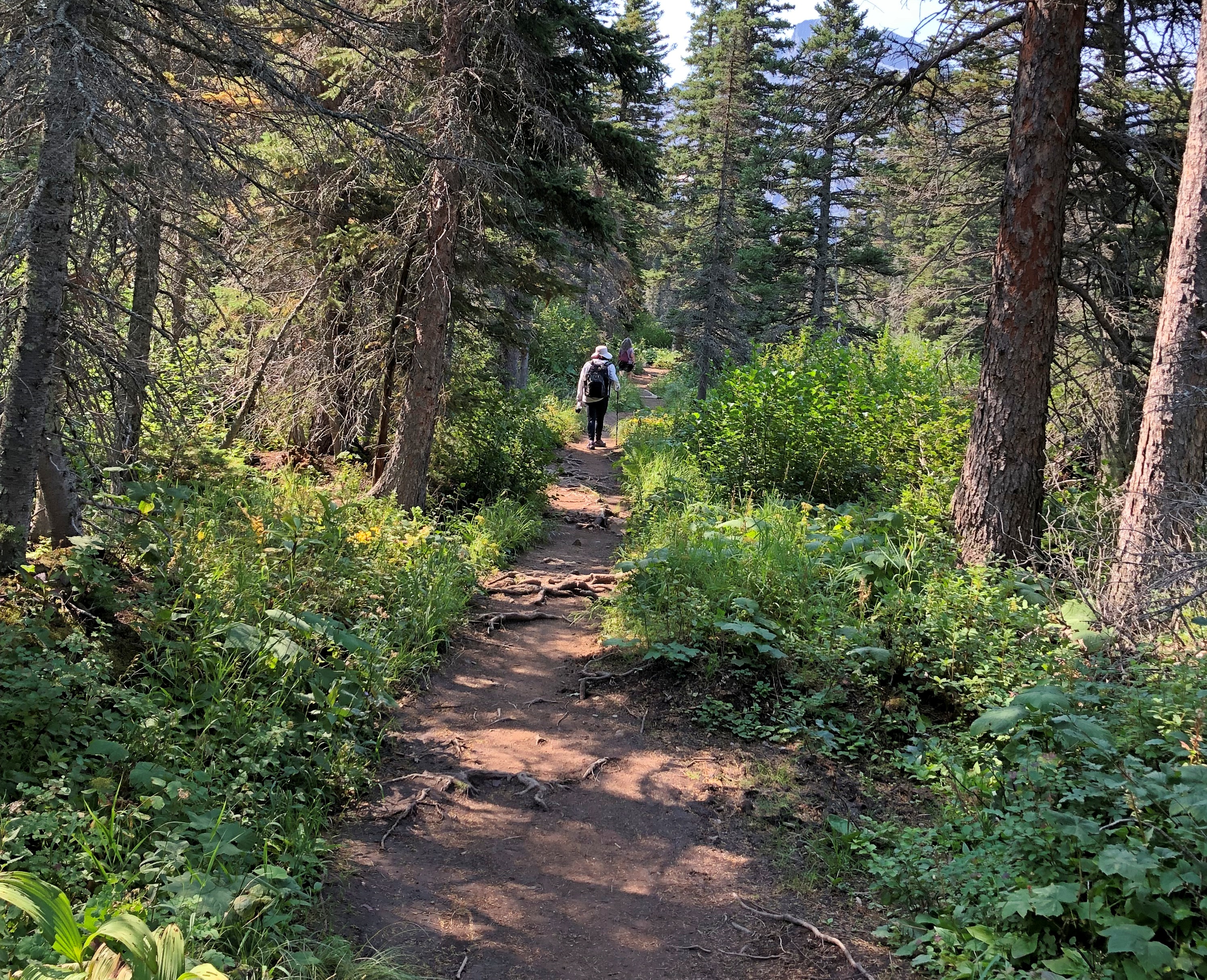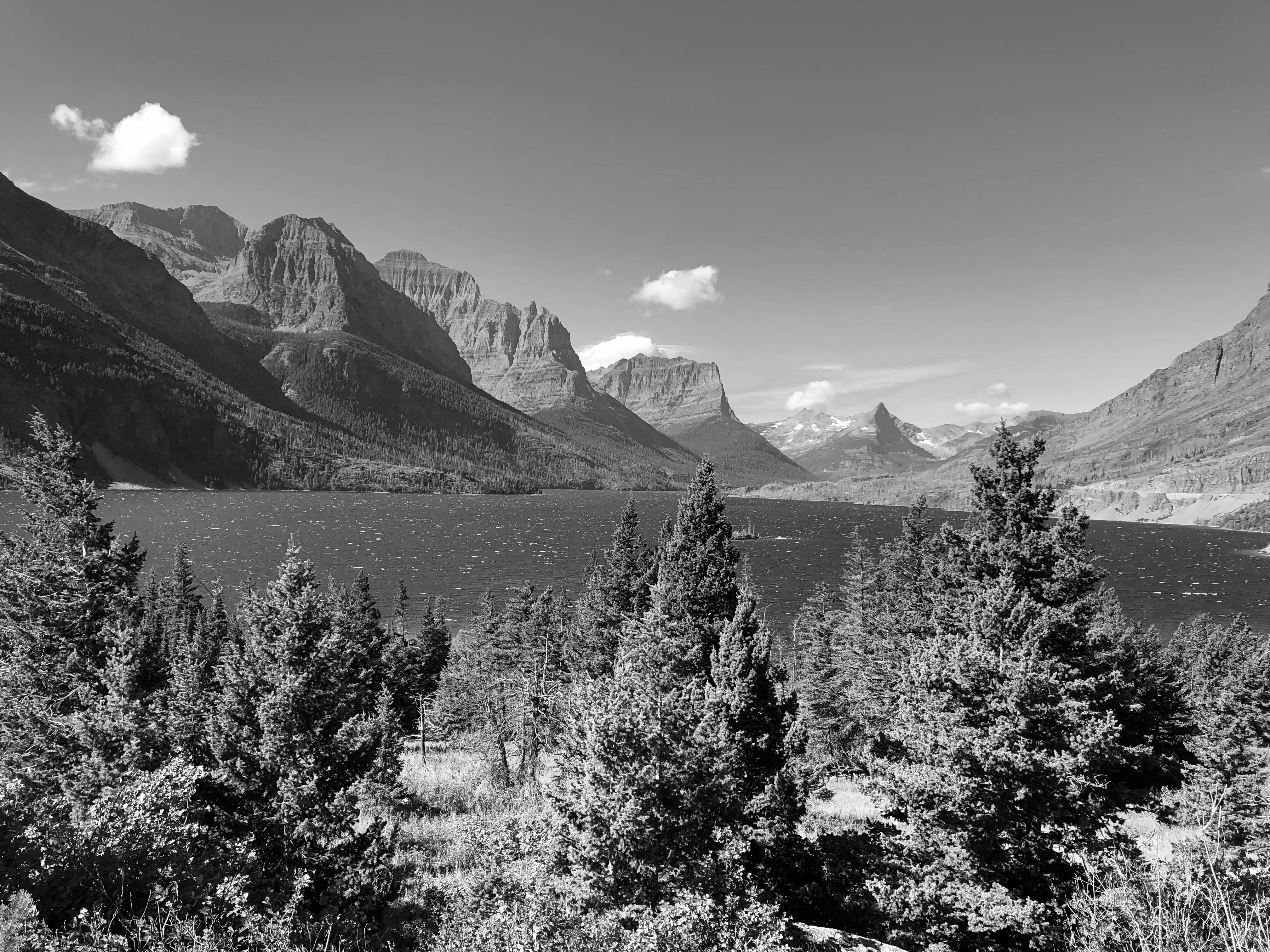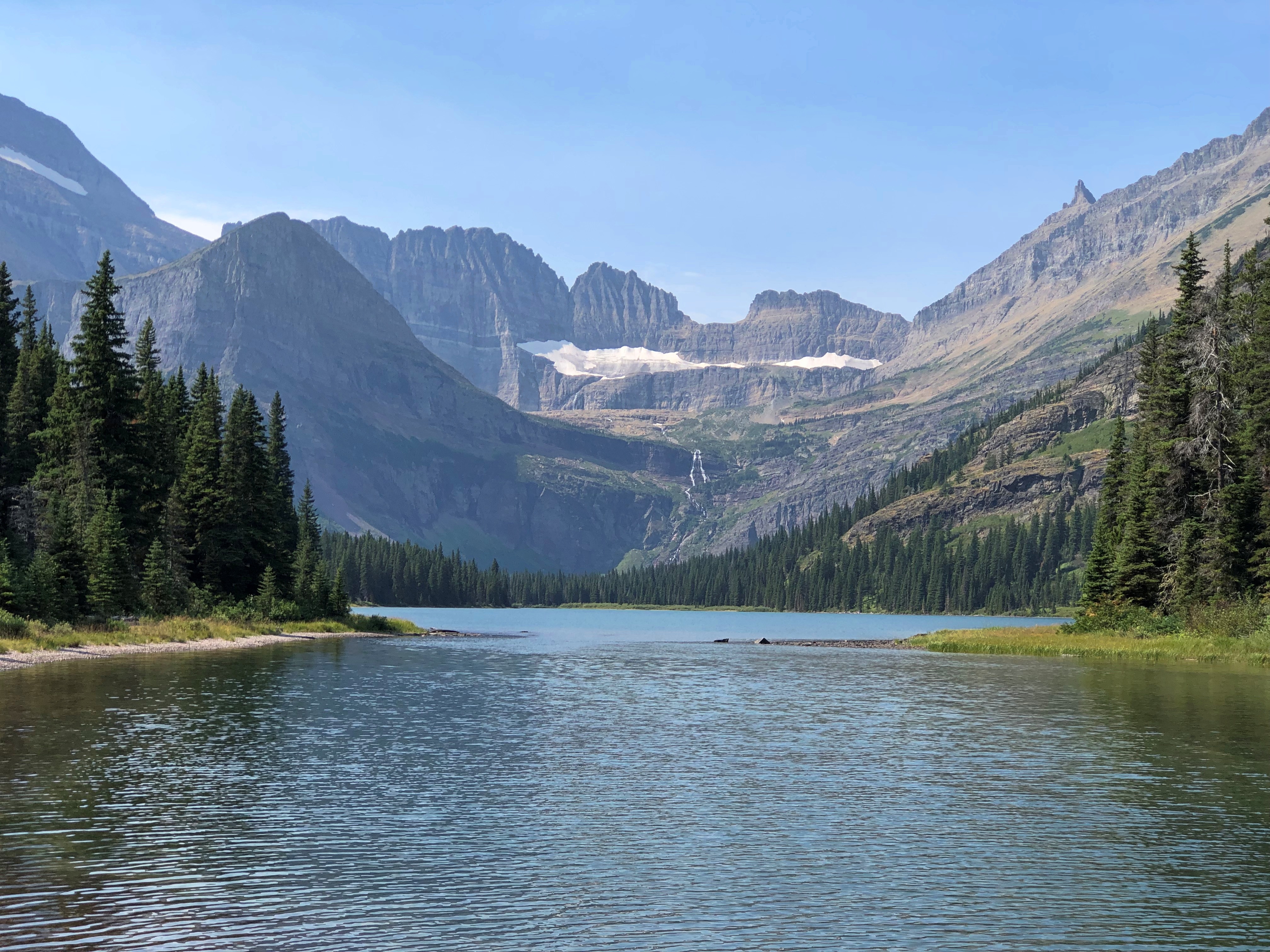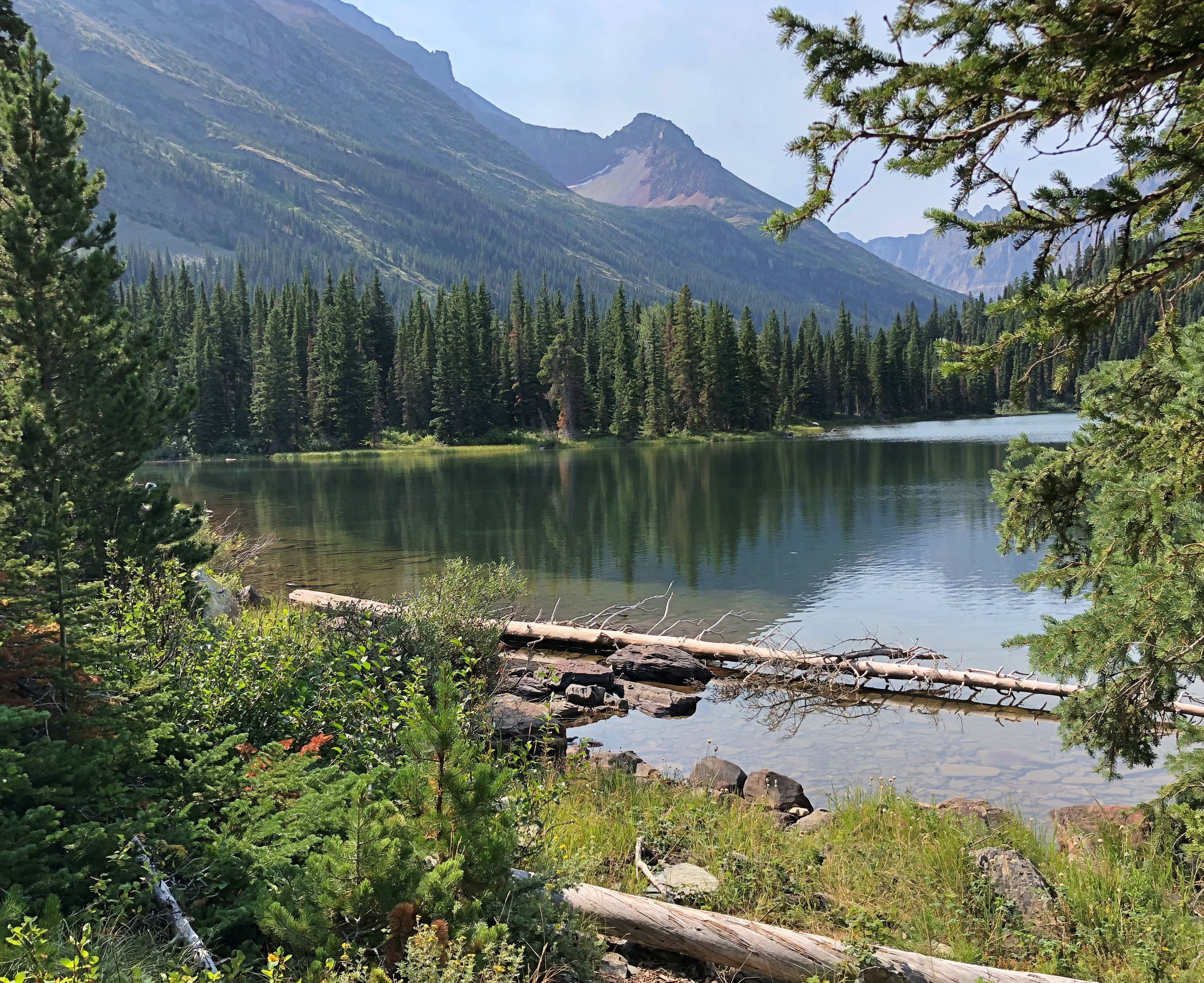I was expecting to see roses at the International Test Rose Garden in Washington Park in Portland. I wasn’t expecting a bronze Royal Rosarian.
Mainly because I’d never heard of the Royal Rosarians. Reading a bit about them – including on a plaque near the statue – I found that they’re one of those local civic organizations composed of prominent businessmen who dress up for events. Something like the Texas Cavaliers in San Antonio, whose head cheese King Antonio passed out aluminum tokens each year to schoolchildren once upon a time, including me.
“The Royal Rosarians are the official greeters and goodwill Ambassadors for the City of Portland promoting the best interests of the City of Portland and the Portland Rose Festival,” the org’s web site says.
“Royal Rosarians welcome visiting dignitaries from around the world, host hundreds of out-of-town visitors, march in parades throughout the region, and perform ceremonial rose plantings in honor of worthy individuals both in Portland and during Rosarian ambassadorial trips to distant cities throughout the world. Organized in 1912, the Royal Rosarians are a non-profit, civic organization.”
In hilly Washington Park, which occupies more than 450 acres, the seven-acre International Test Rose Garden is directly downhill from the Portland Japanese Garden and, unlike that garden, free to visit. Some 10,000+ rose bushes grow there, representing 650+ varieties. If I hadn’t visited the Tyler Rose Garden earlier this year, I would have been flabbergasted by the profusion. Still, the garden is impressive.


The fact that it is a test garden means that rose growers far and wide send their cultivars for evaluation.
“Test beds are planted with new varieties evaluated on several characteristics, including disease resistance, bloom form, color and fragrance,” says the Spokesman-Review. “ A Gold Medal Garden features previous years’ best selections, and the Shakespeare Garden features roses named after characters in the bard’s works.”
The idea of a test garden in Portland goes back to World War I, when it was seen as a way to preserve cultivars that might otherwise be lost because of the fighting. Portland was already known for its roses by the early 20th century, as illustrated in this article in Oregon Live.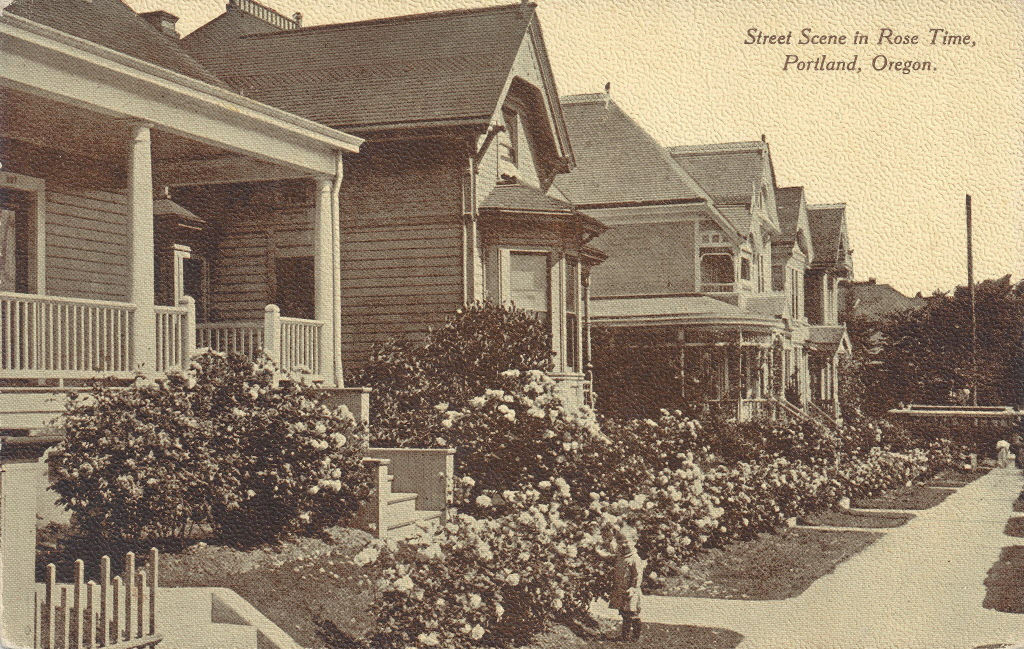
The thing to do at the International Test Garden is wander around, taking in the varieties.



Create rose-themed art.






















